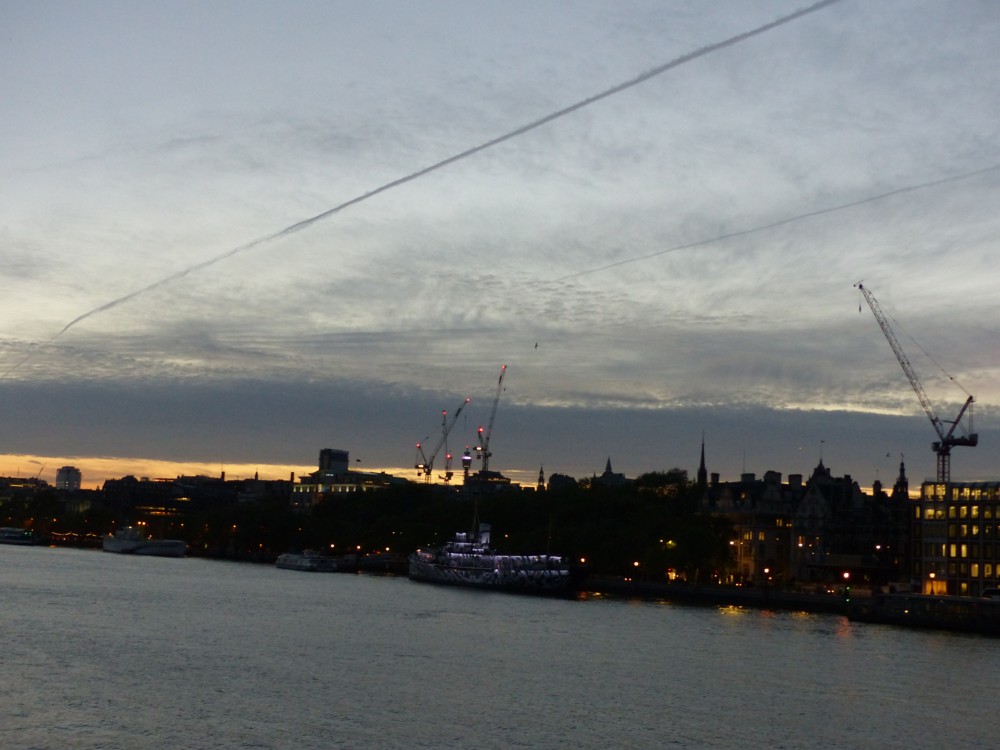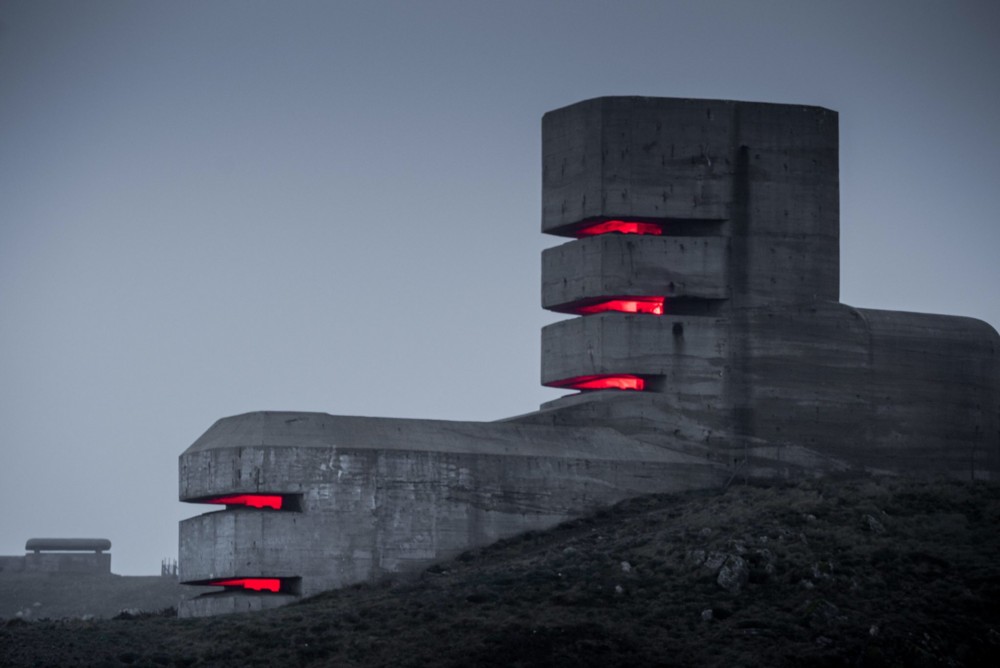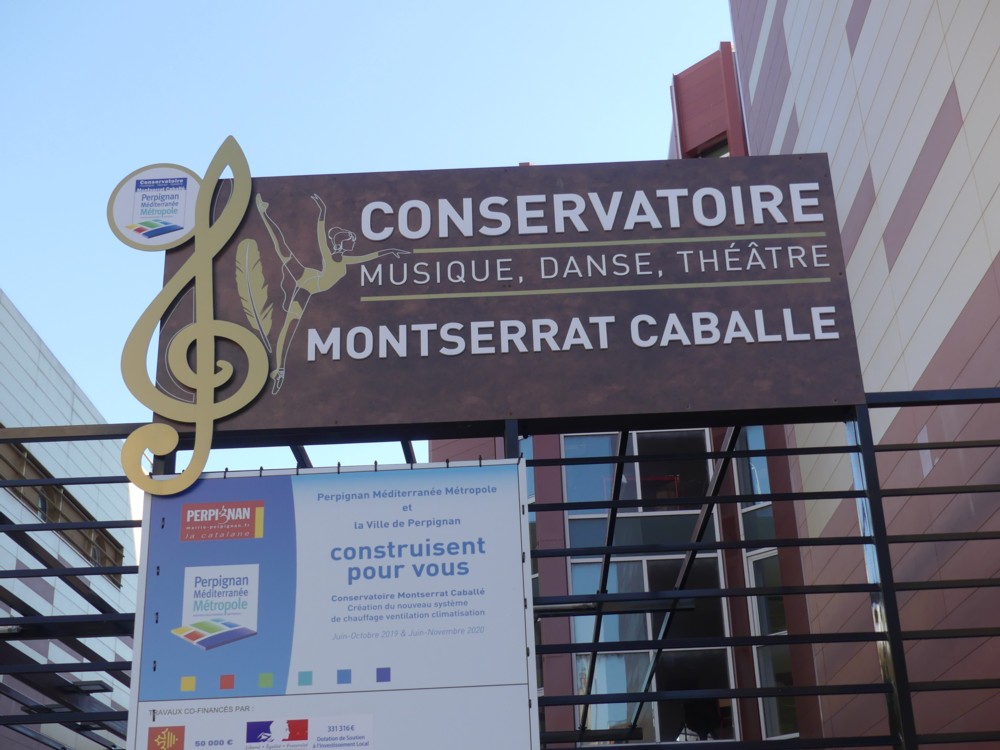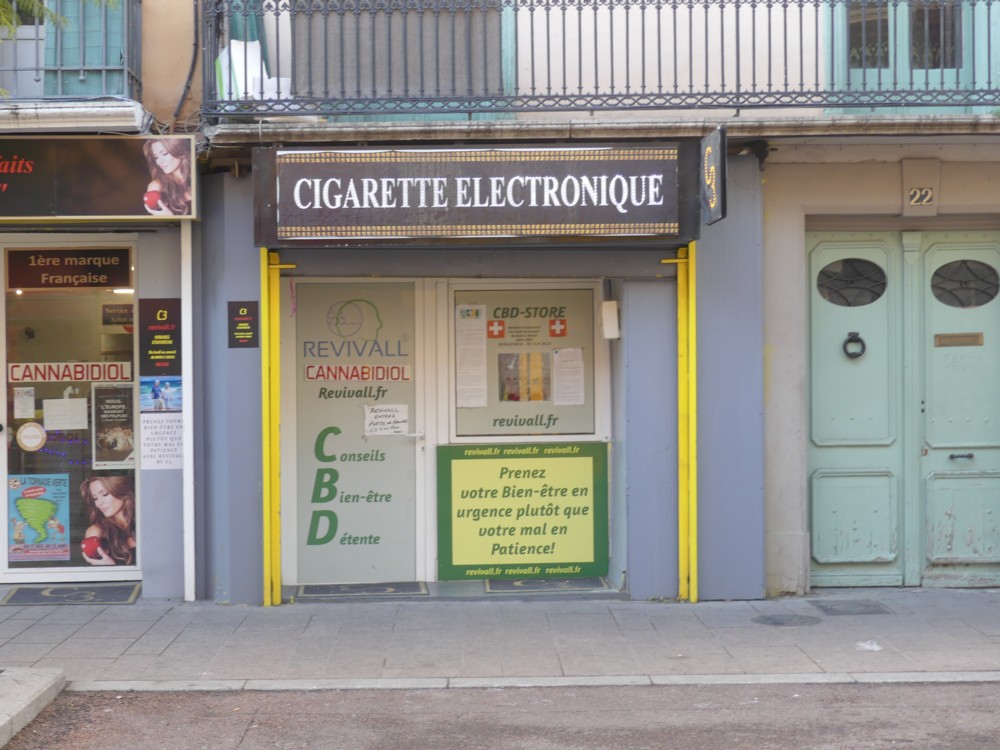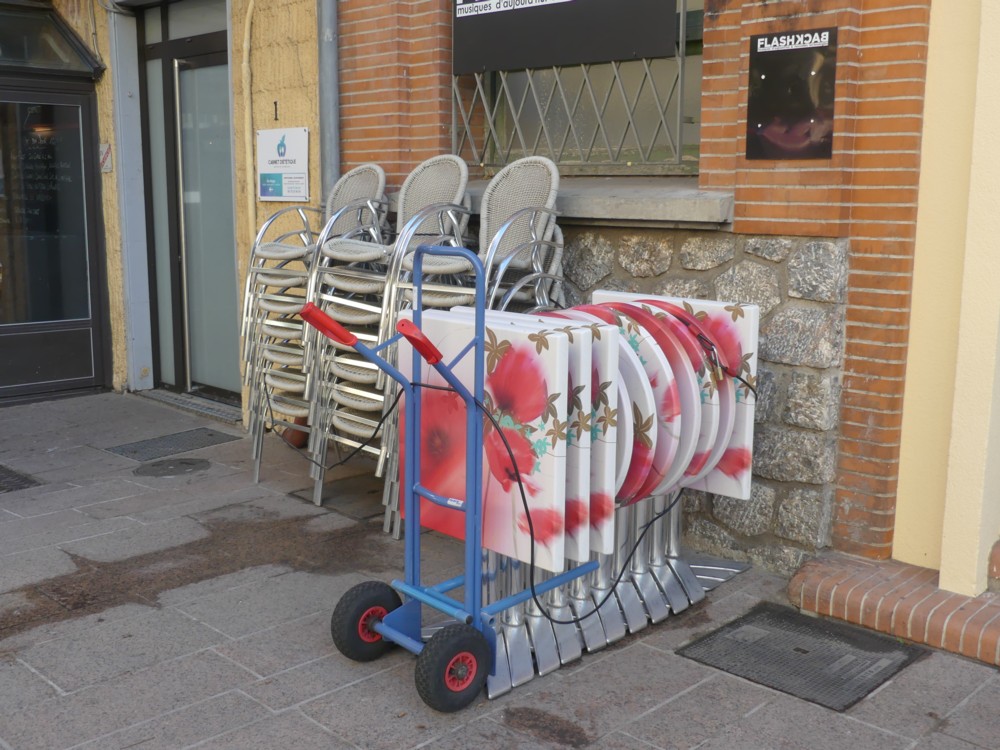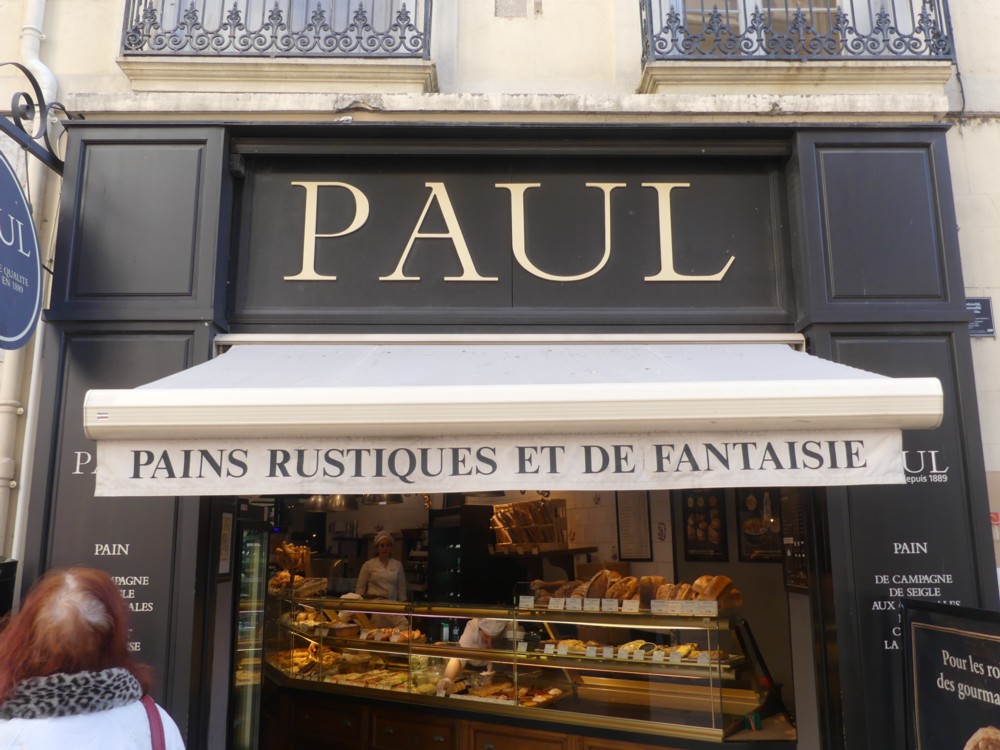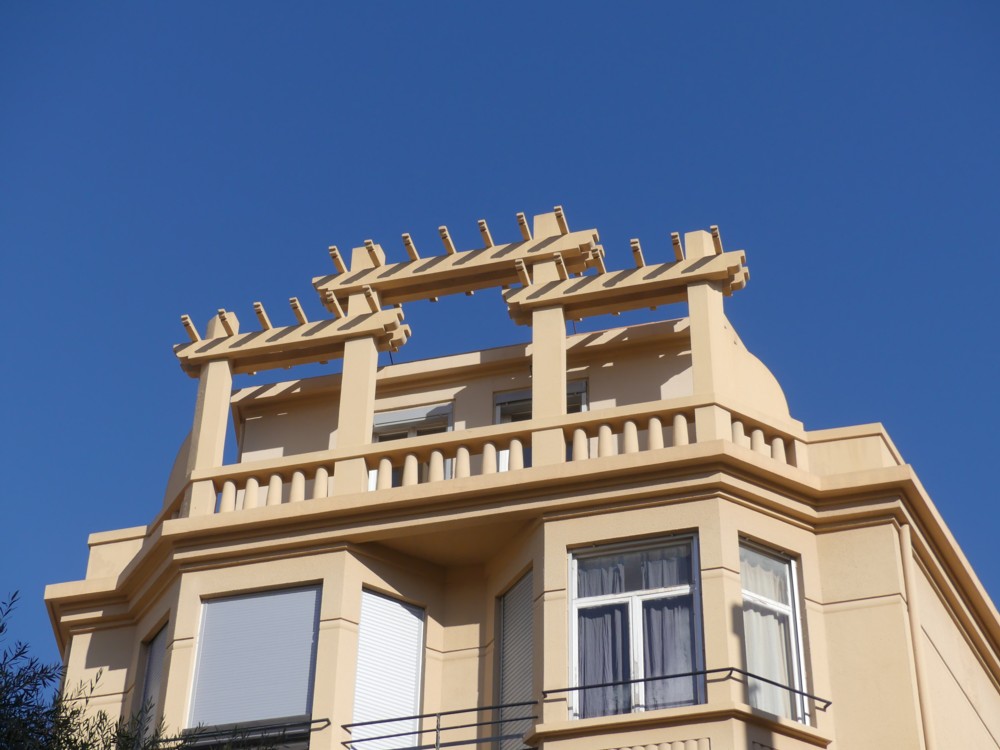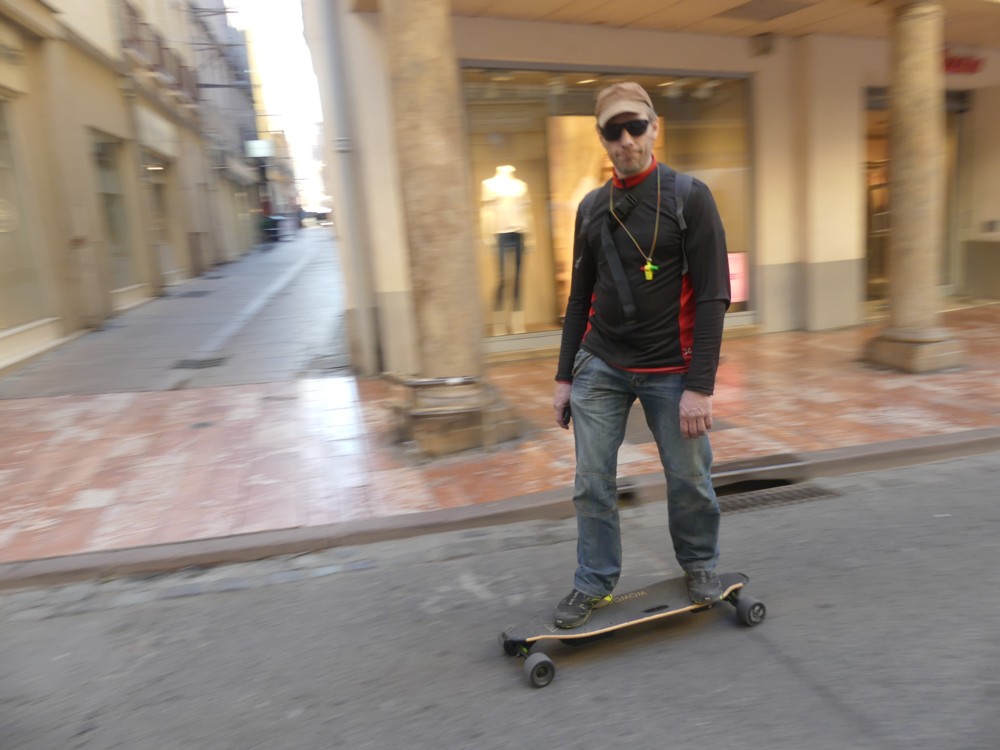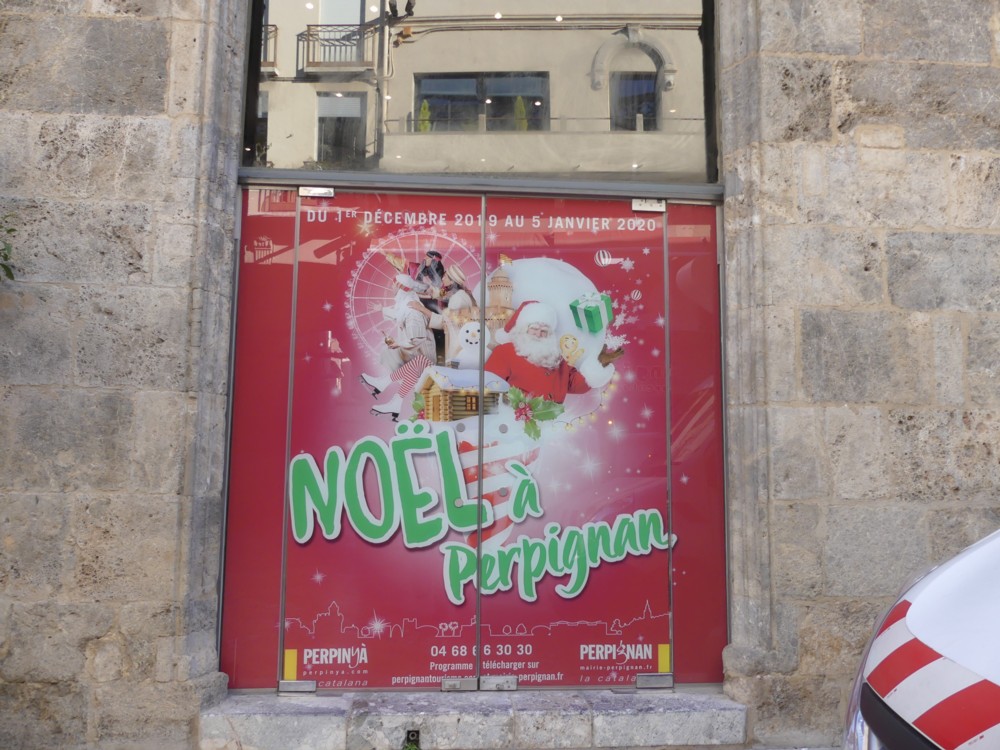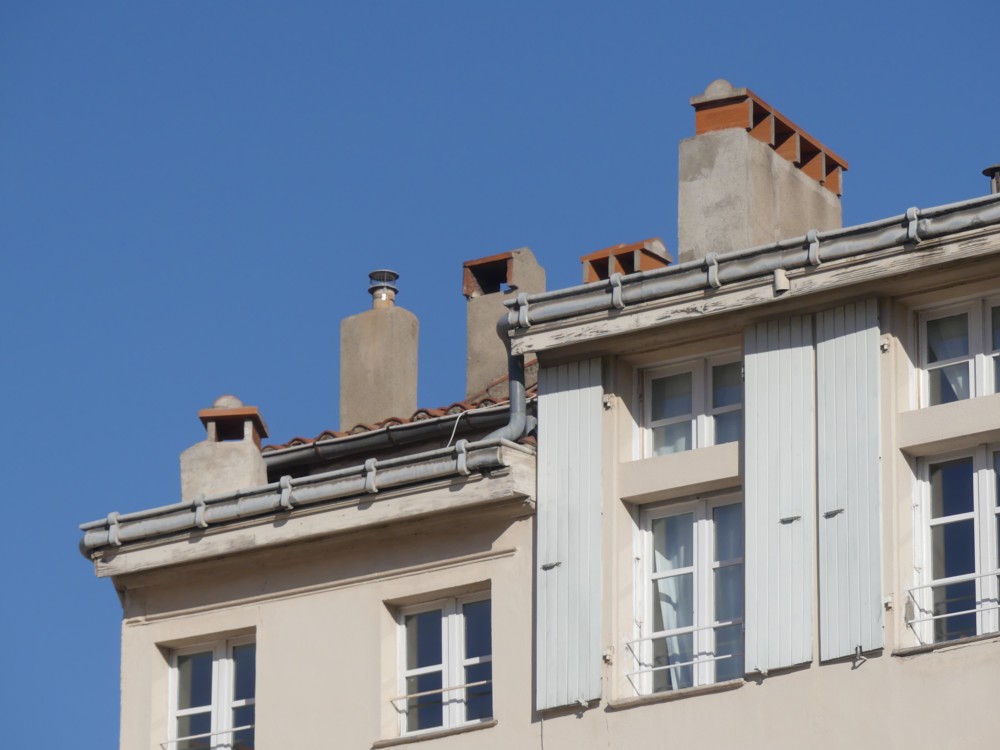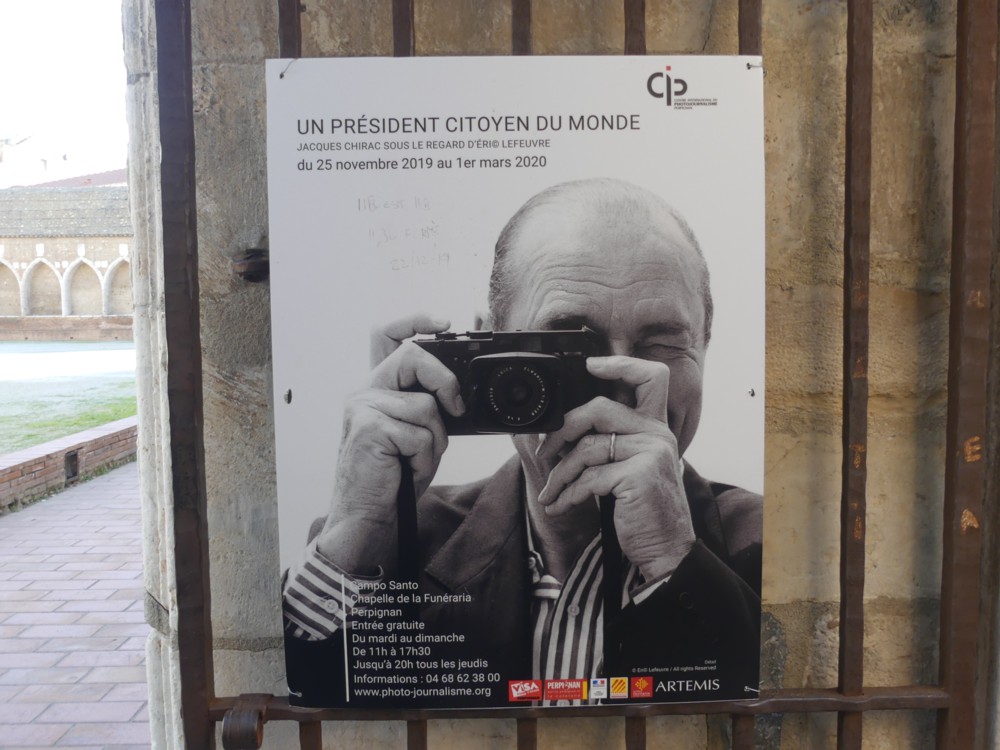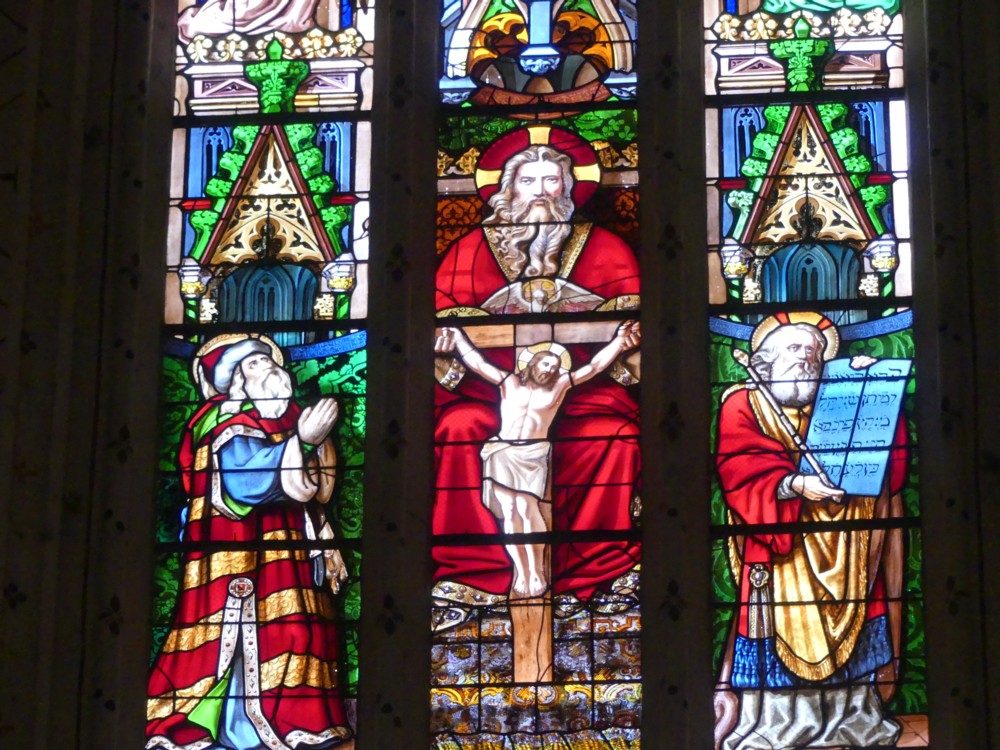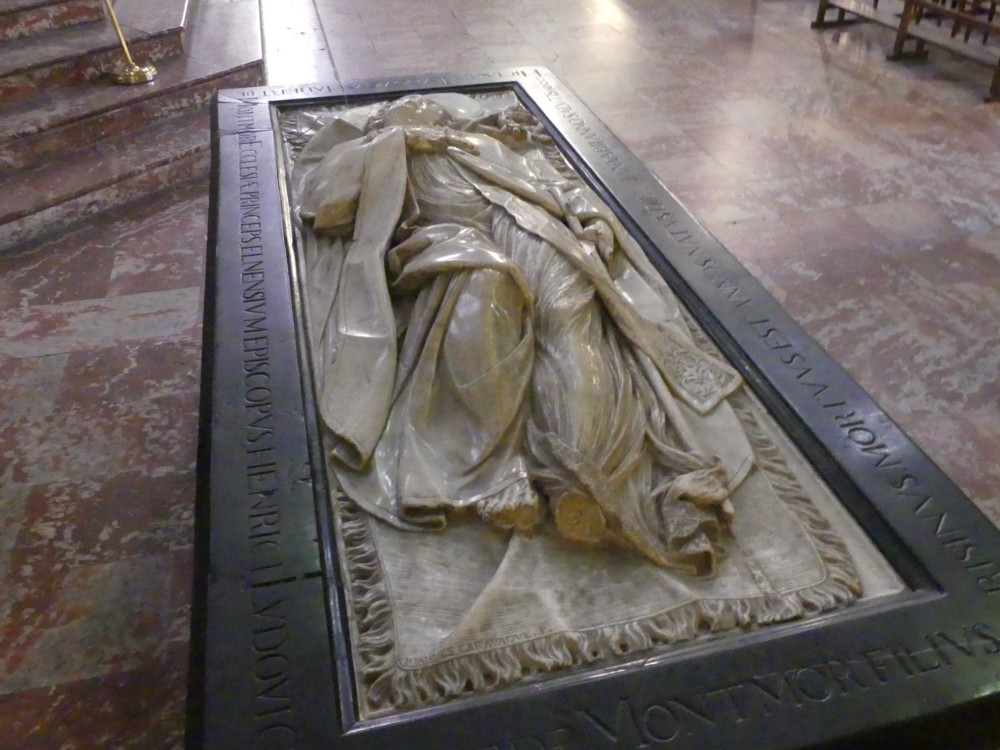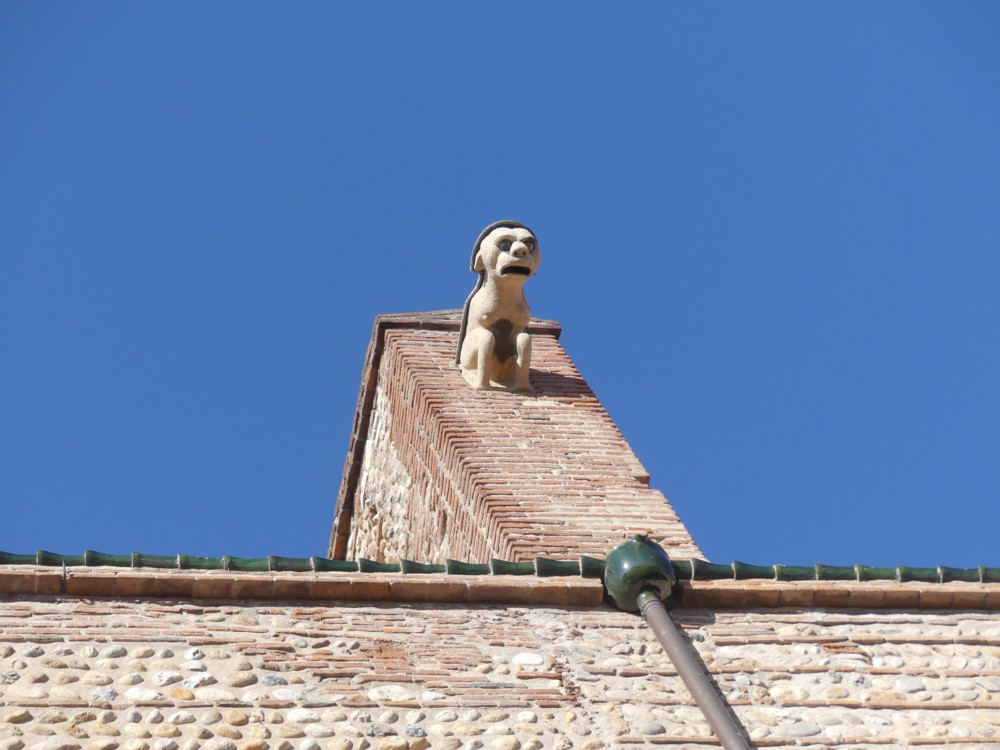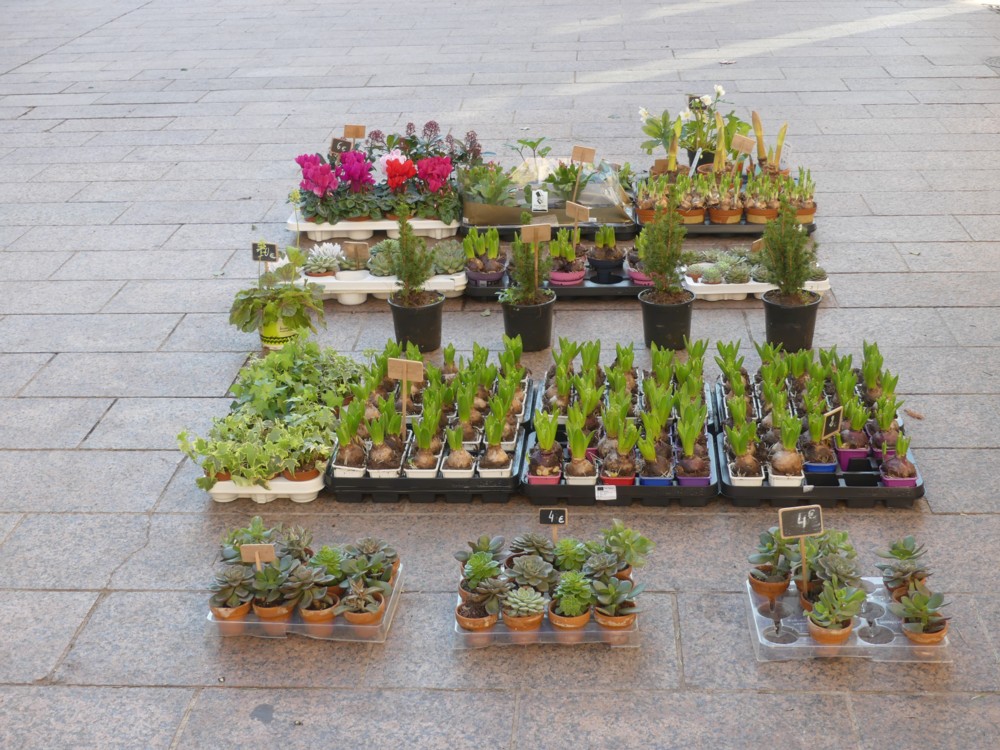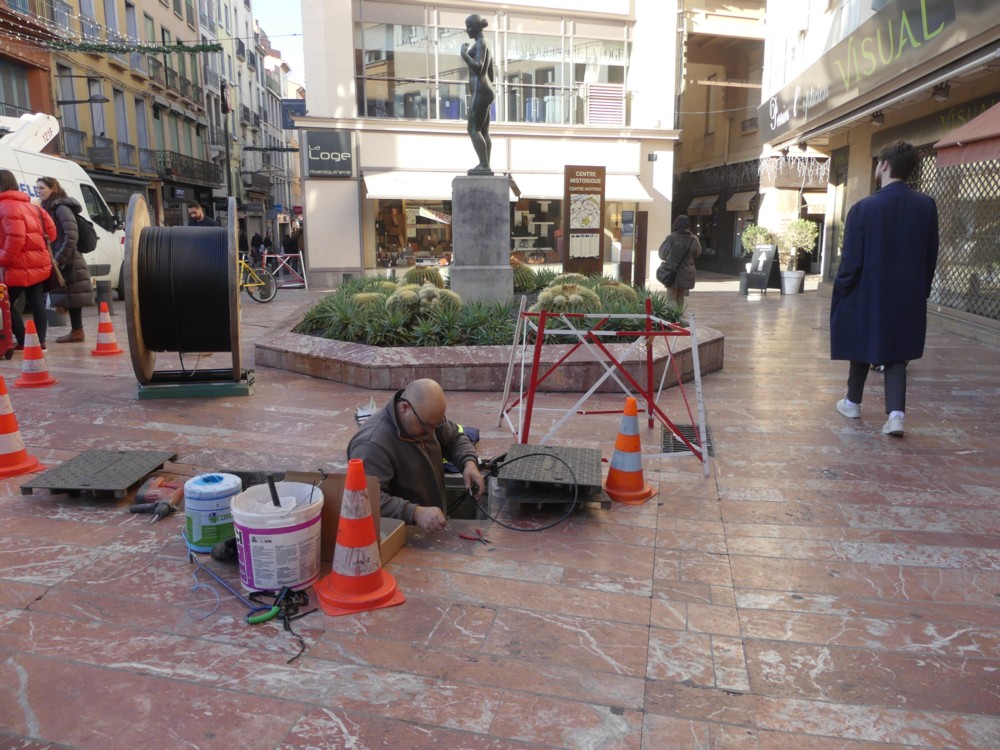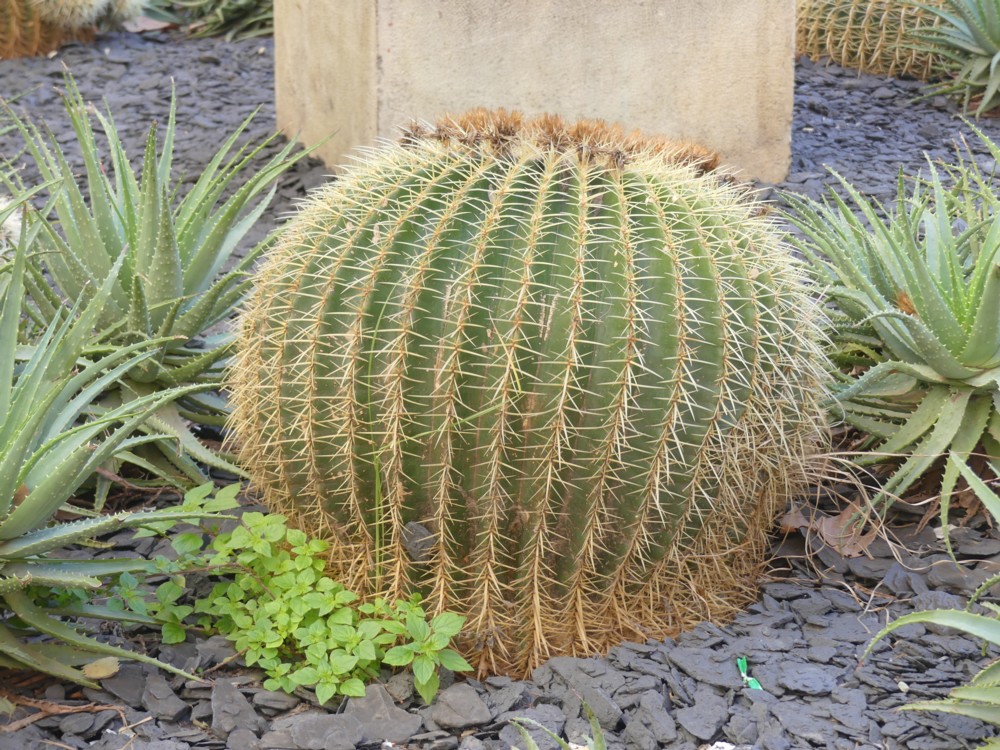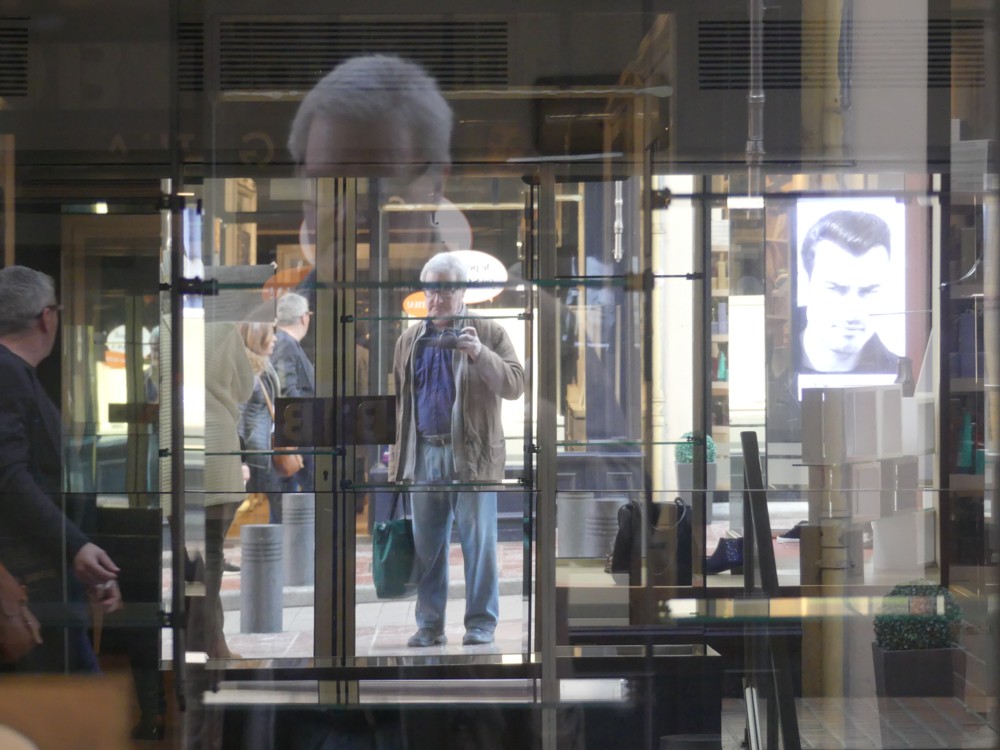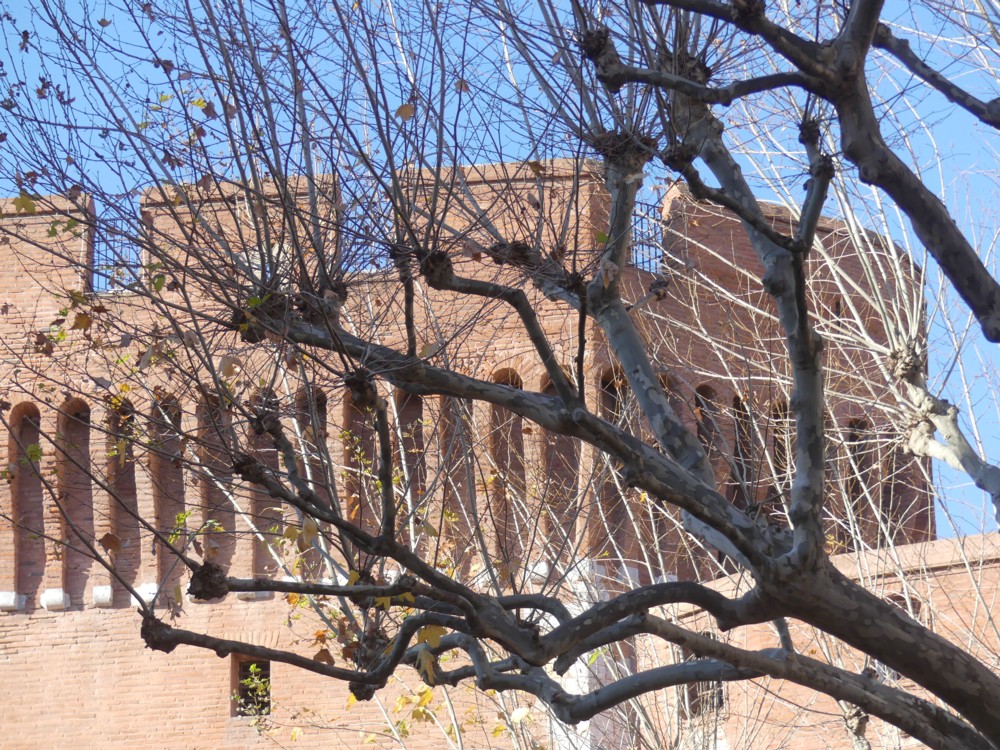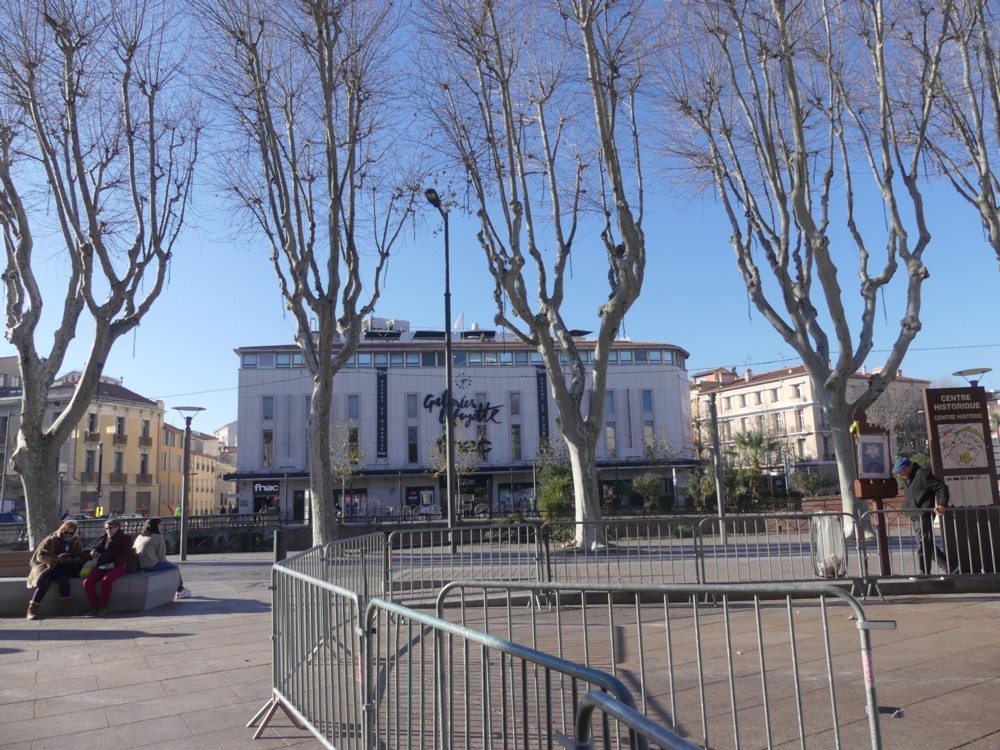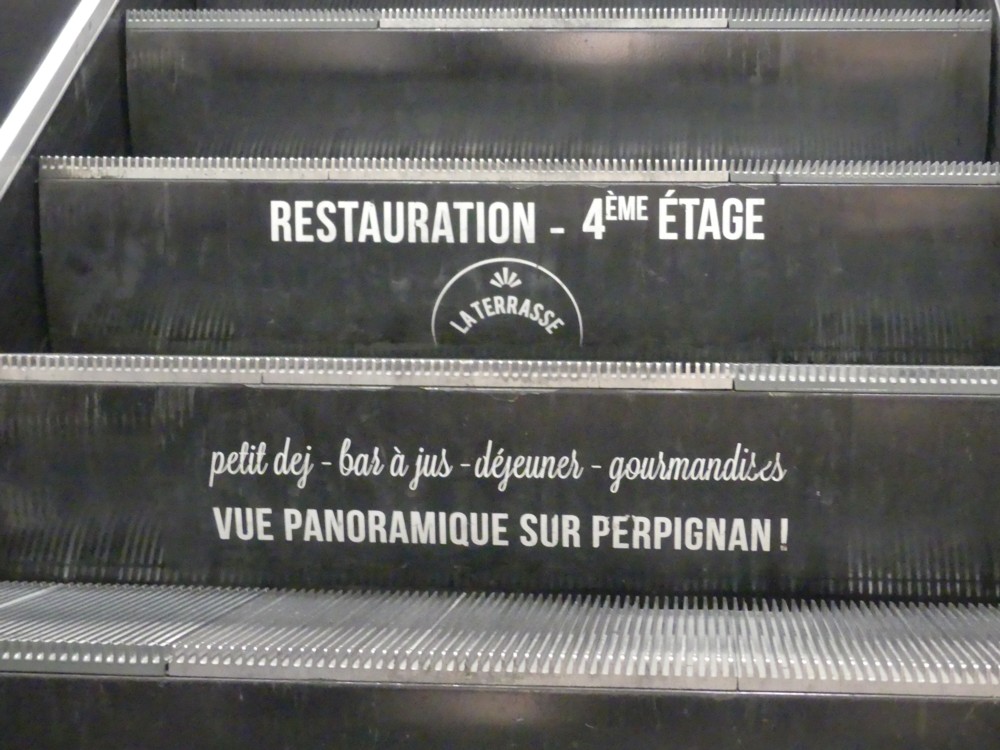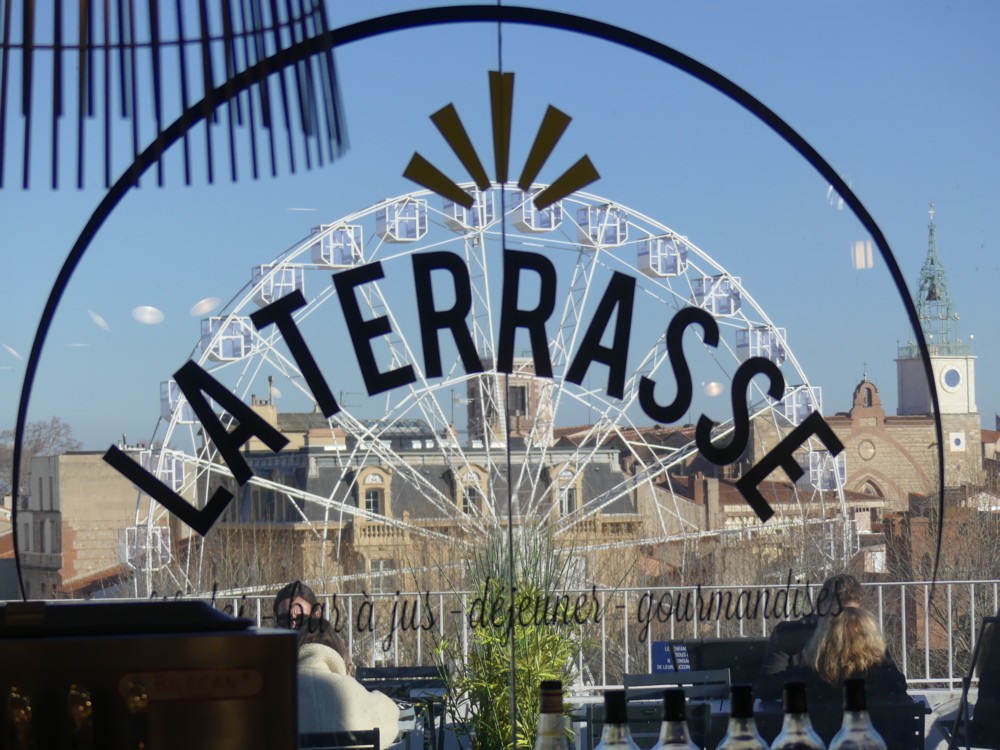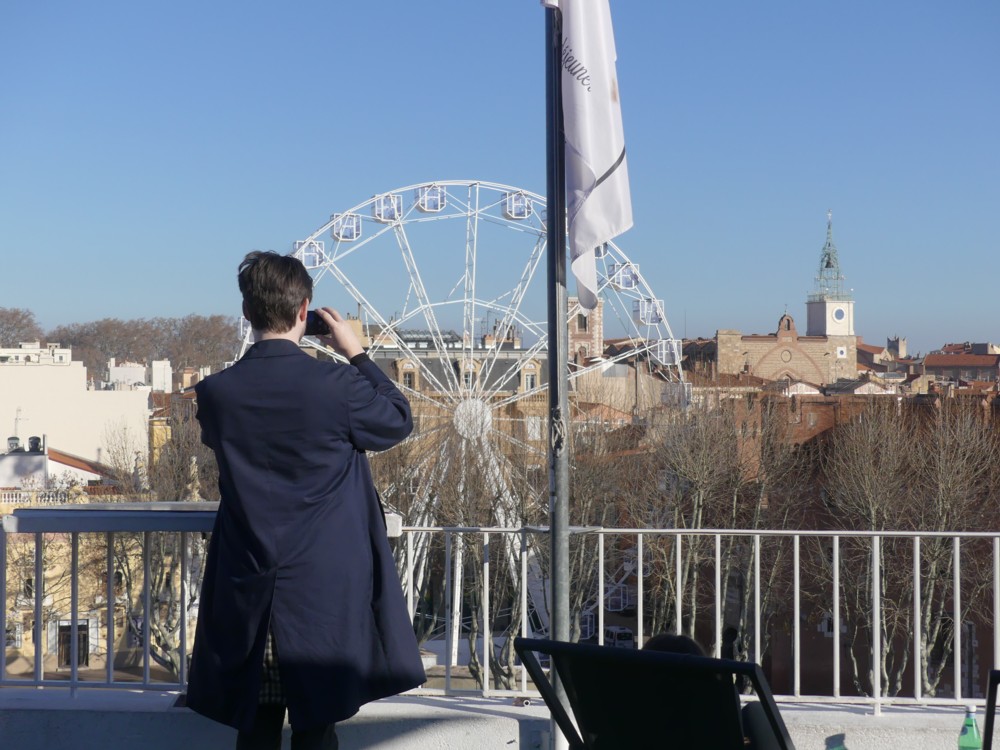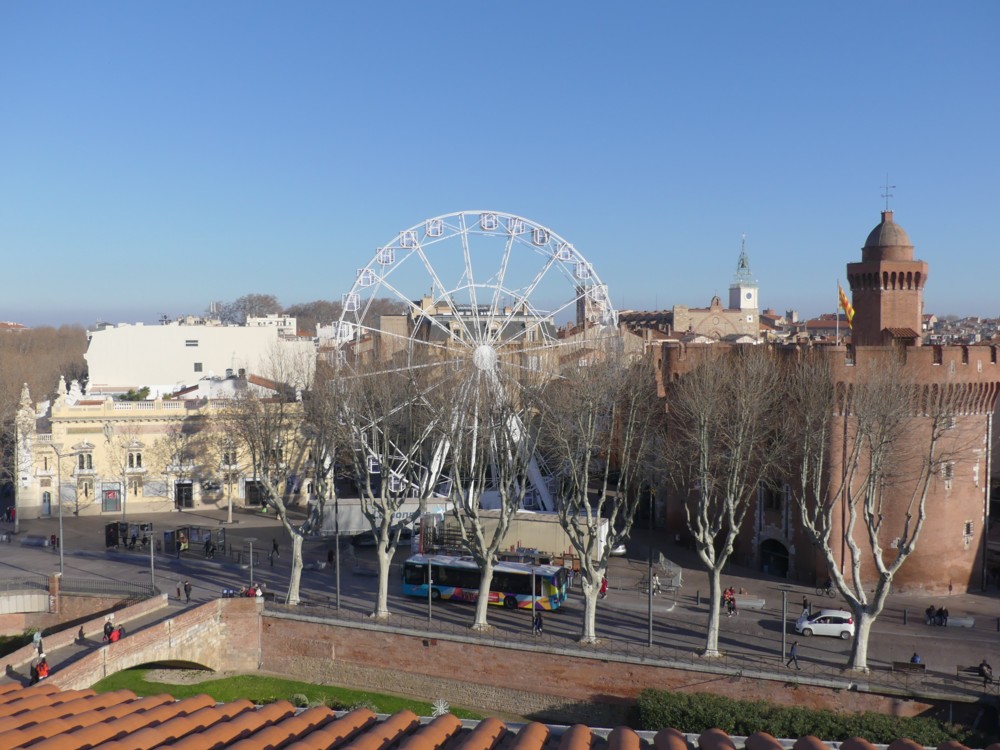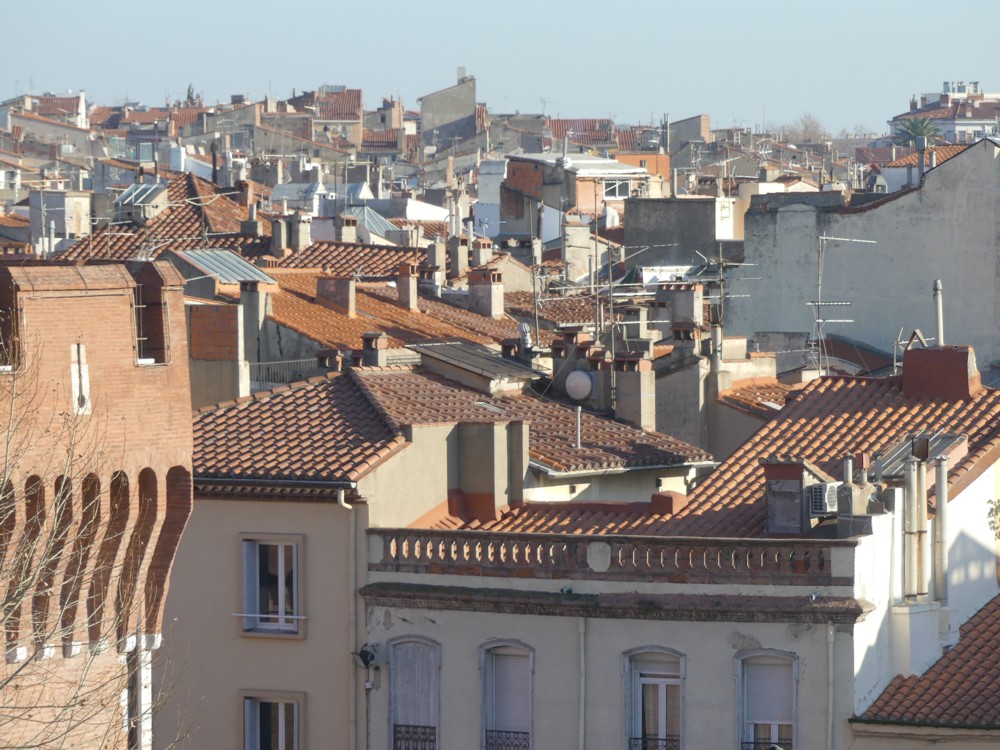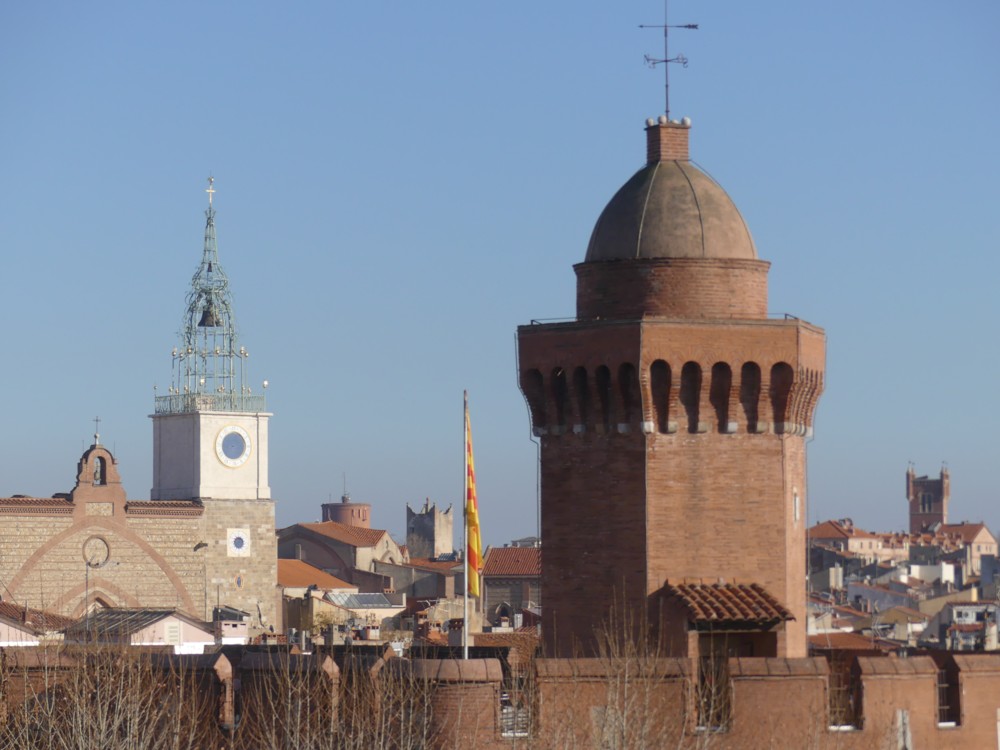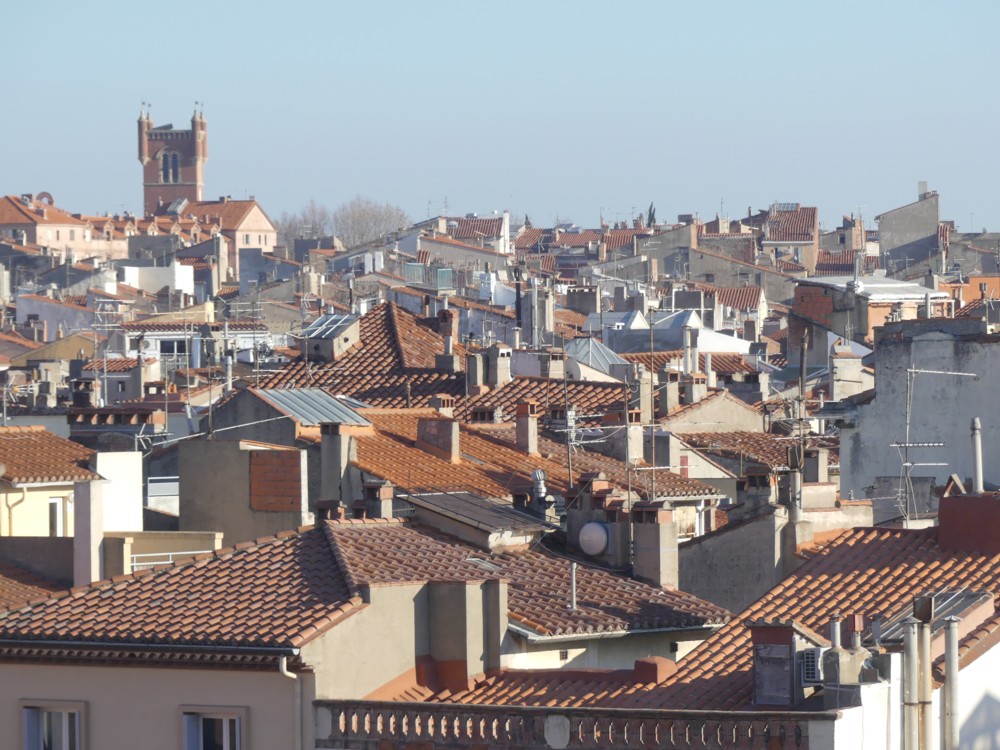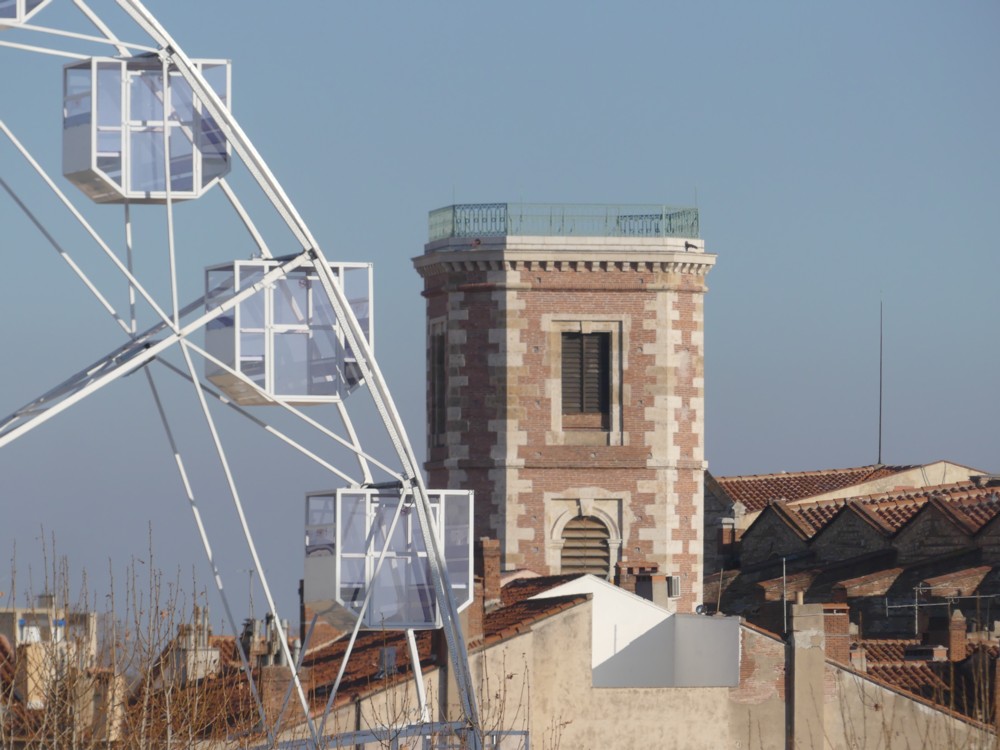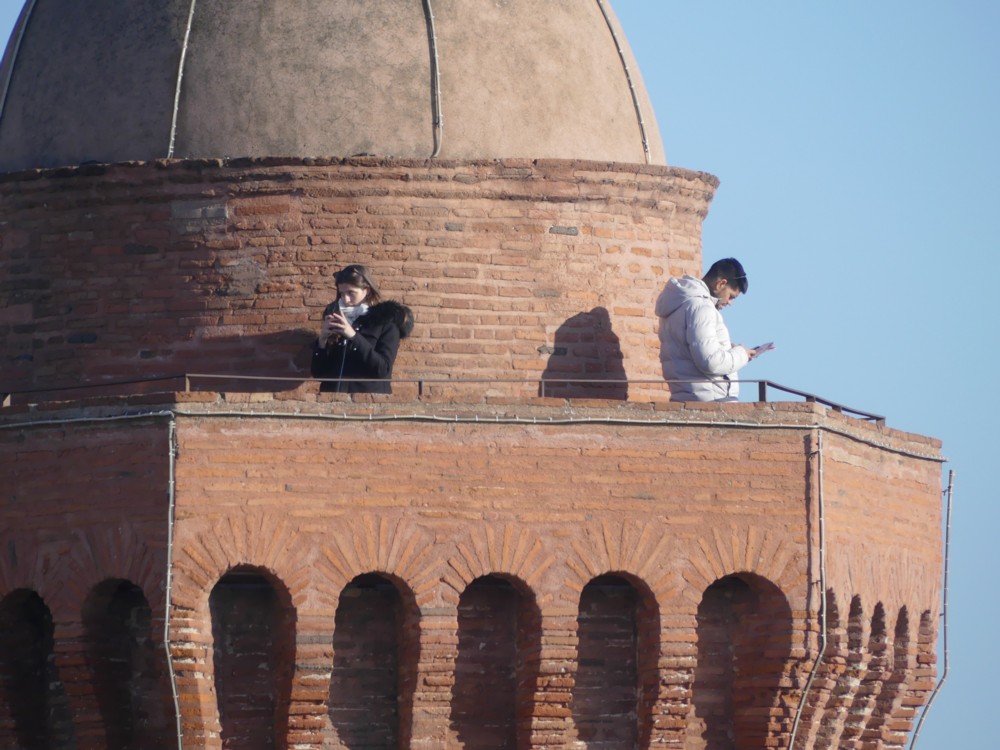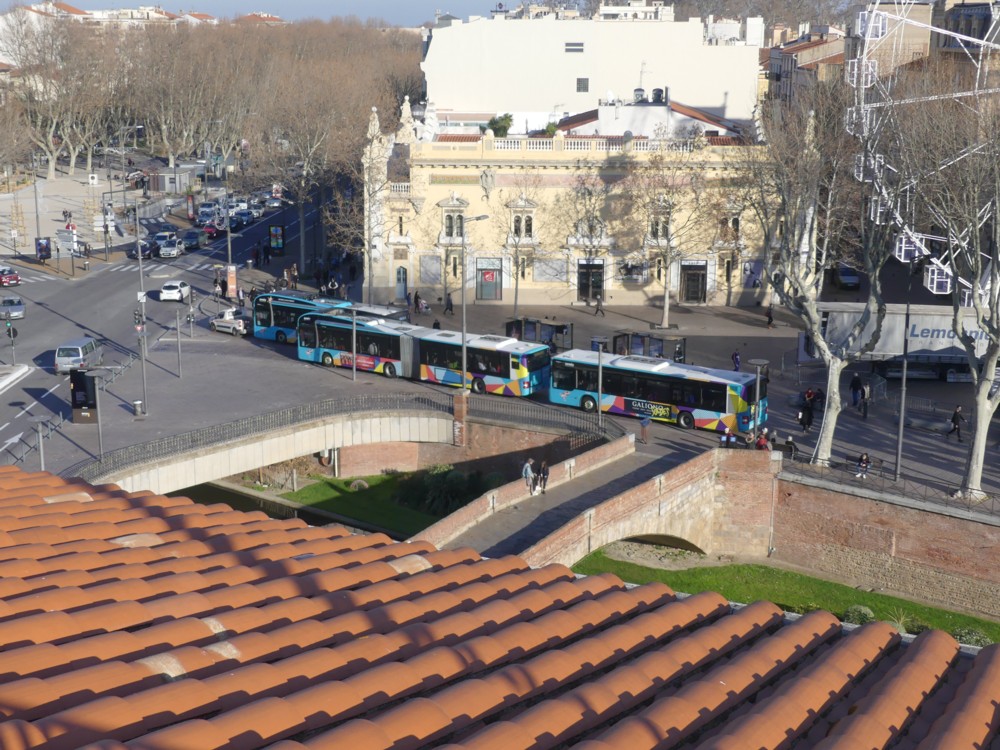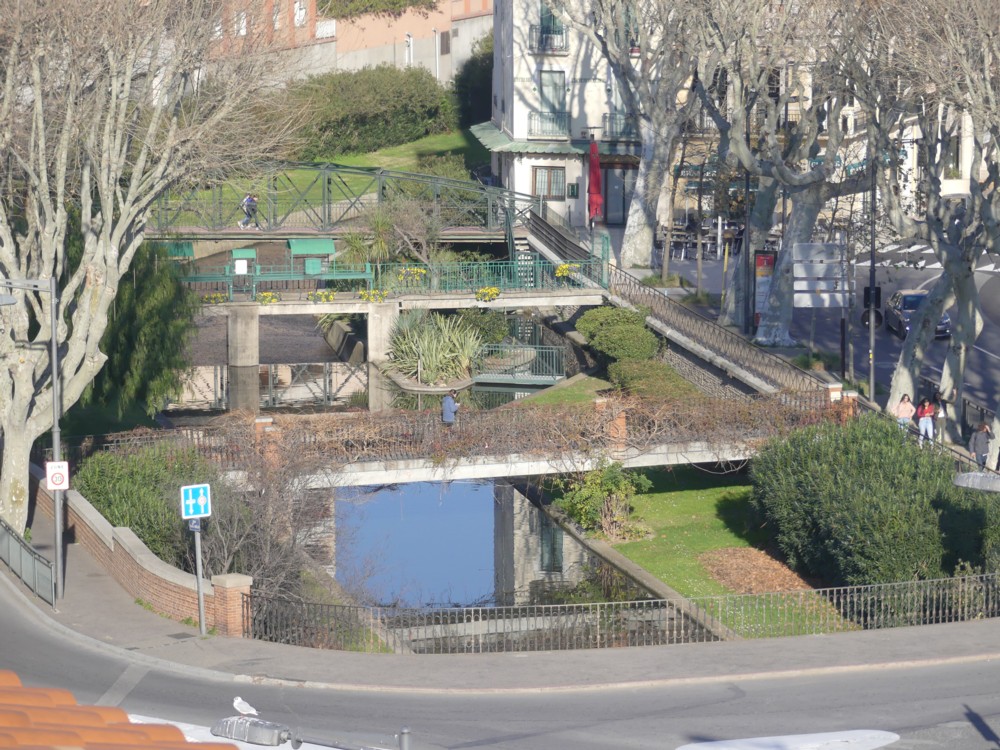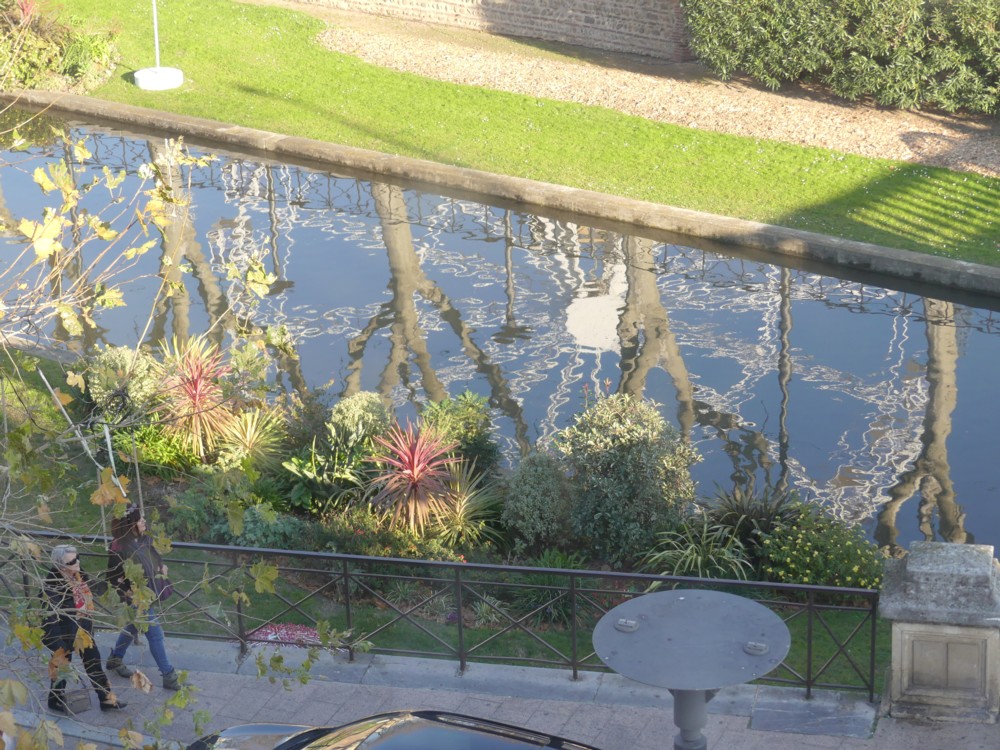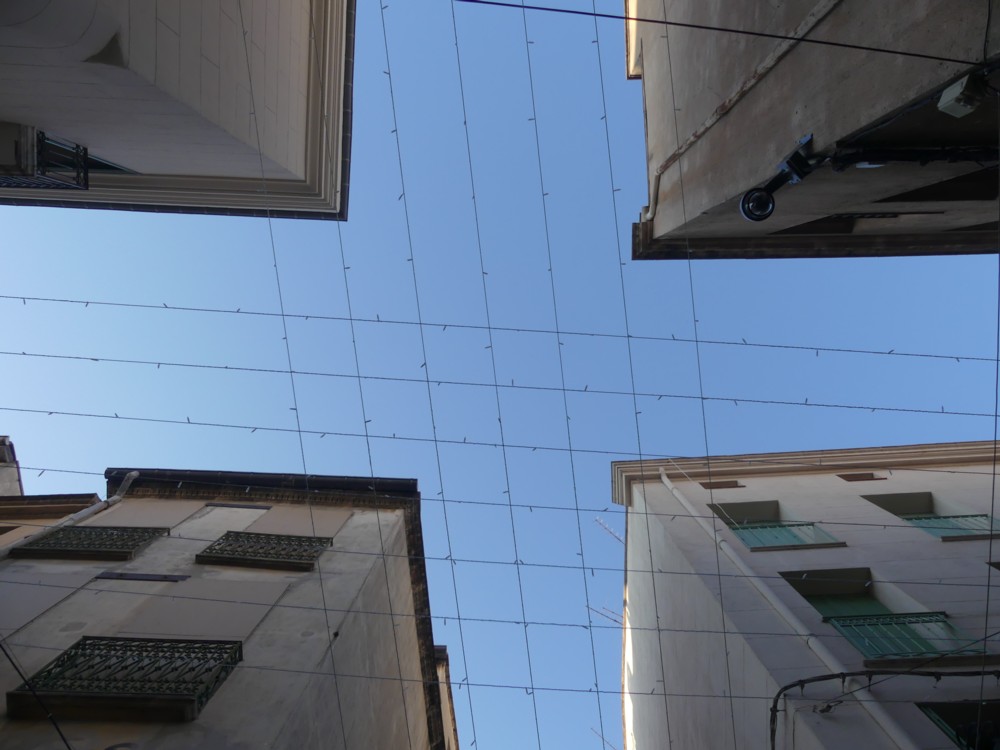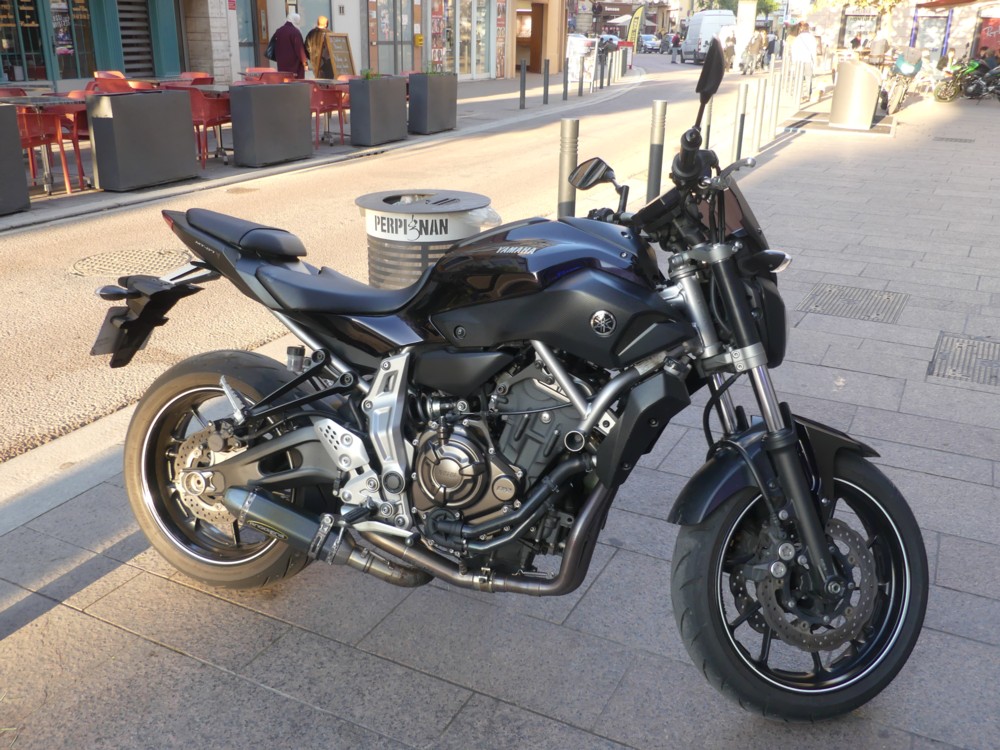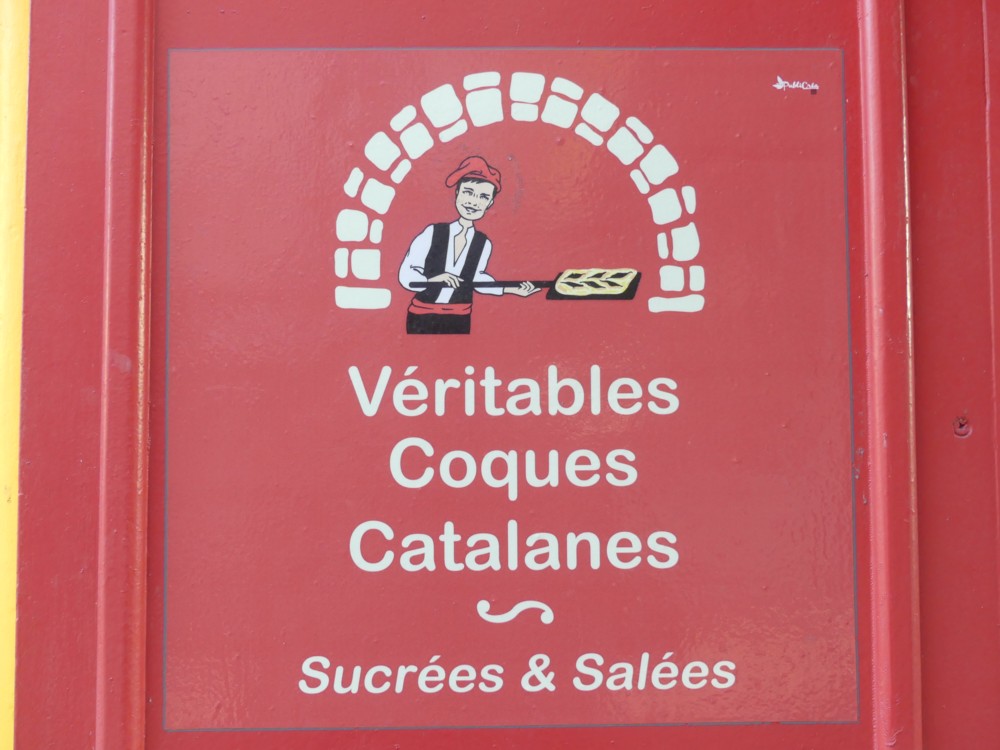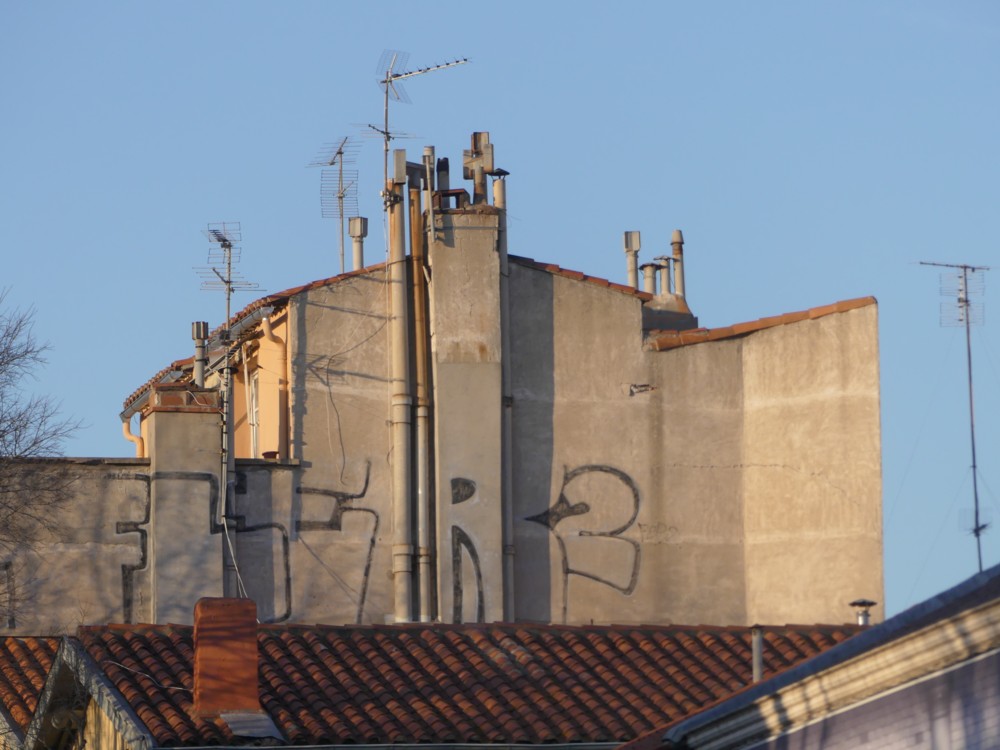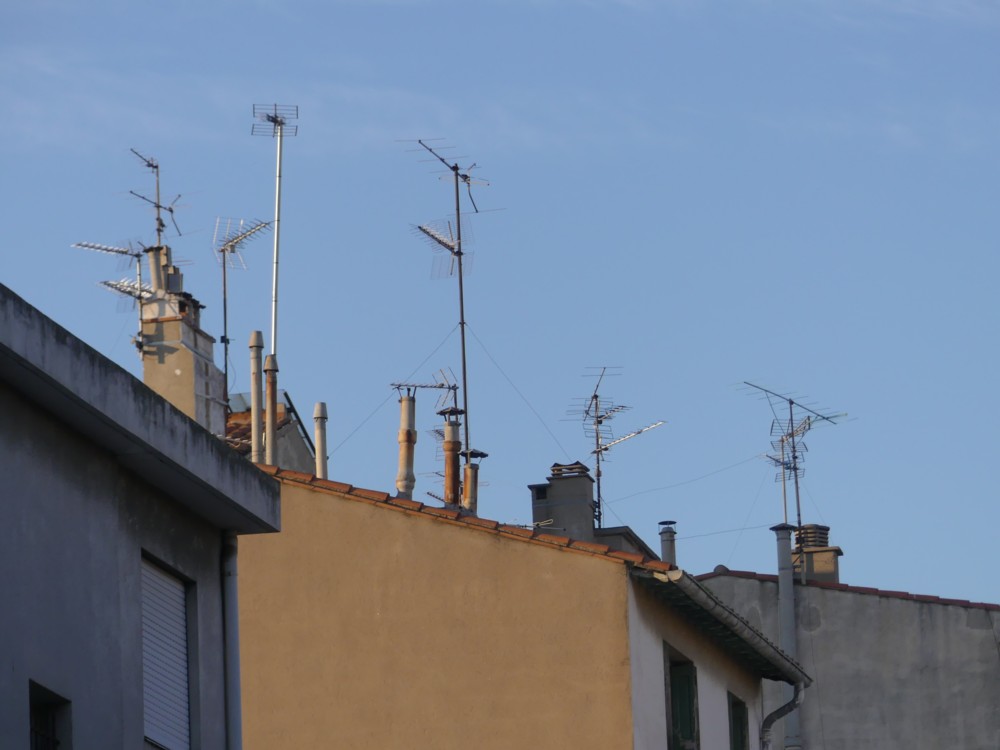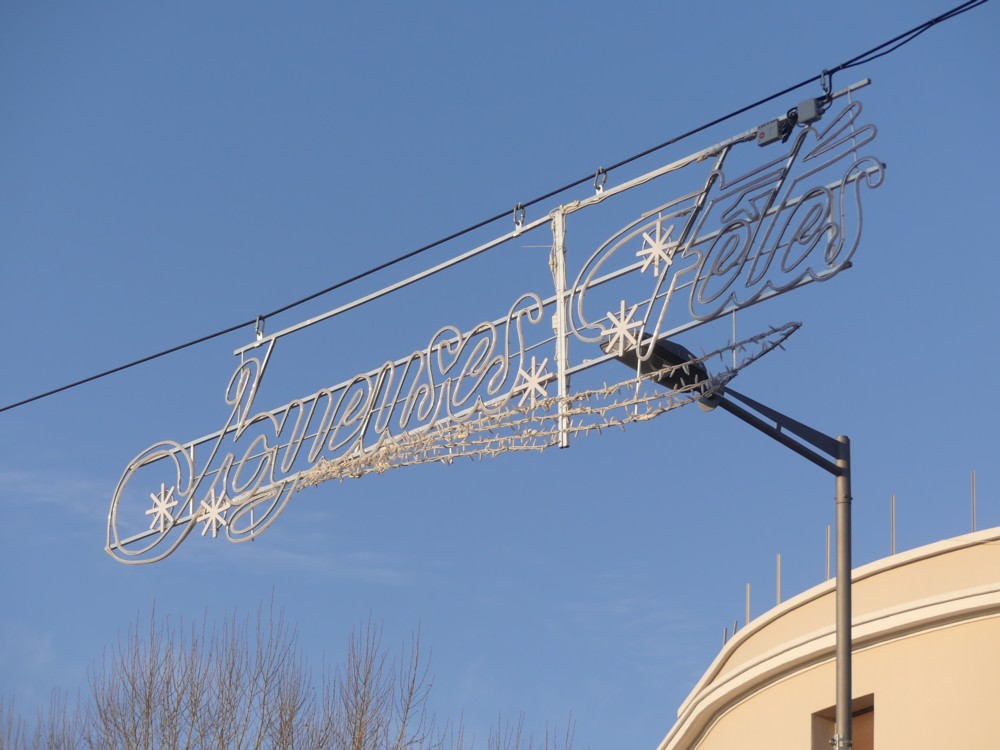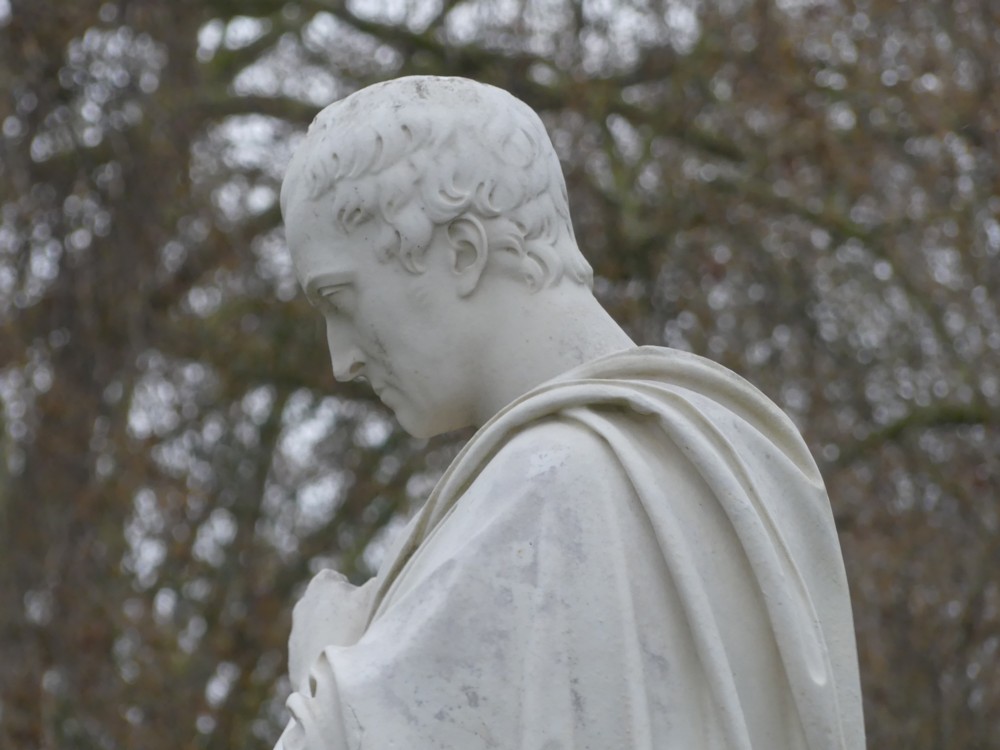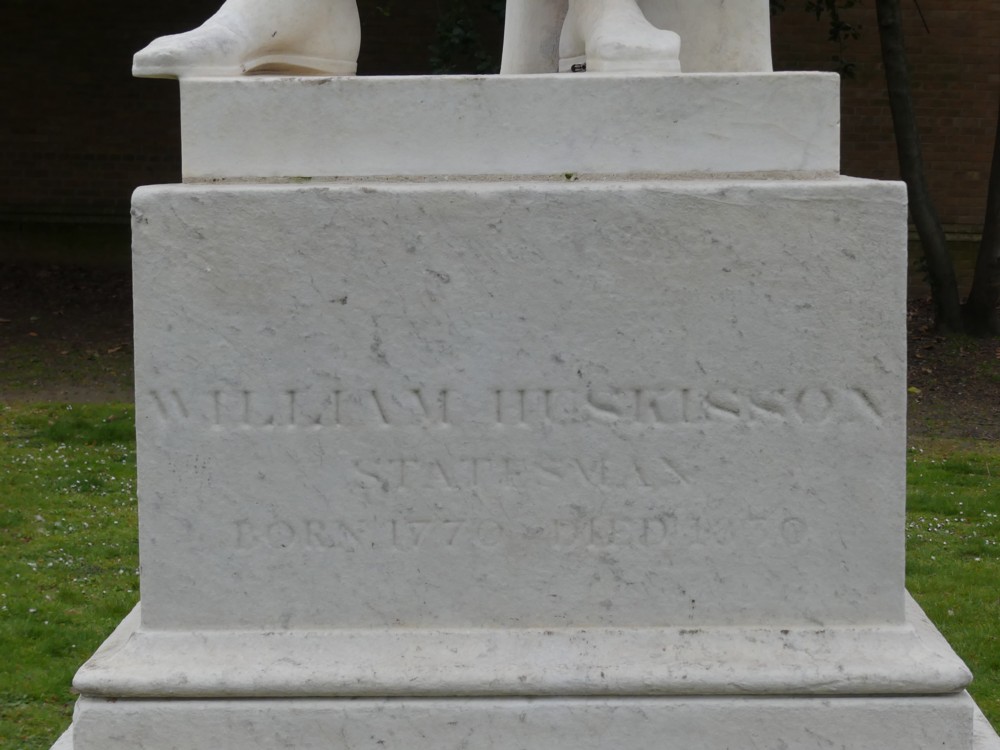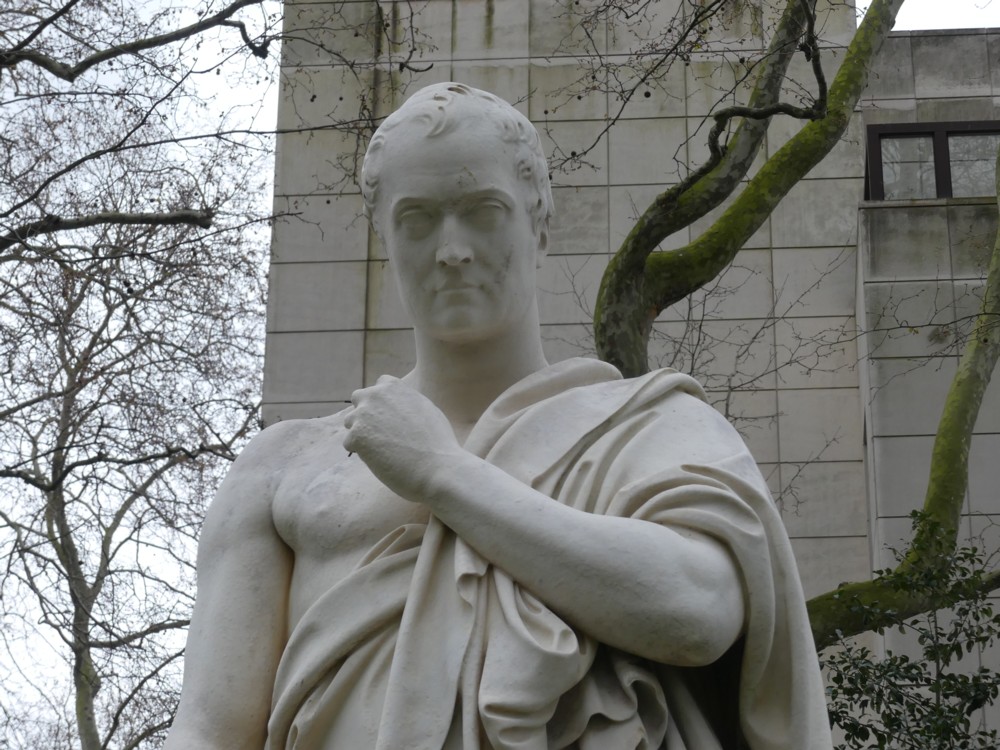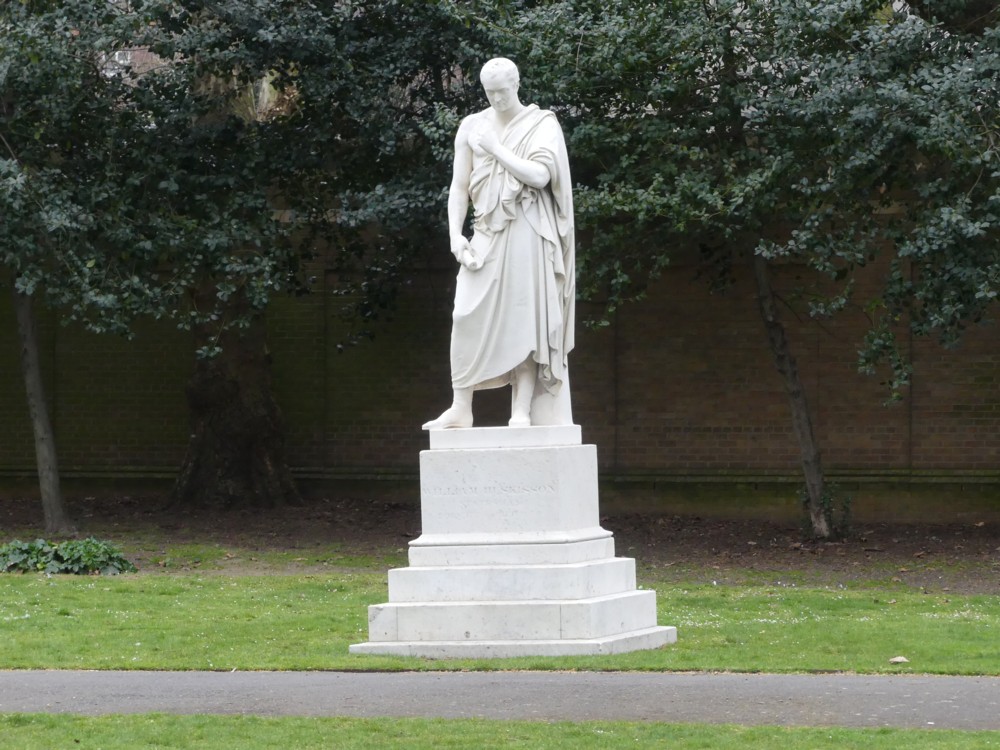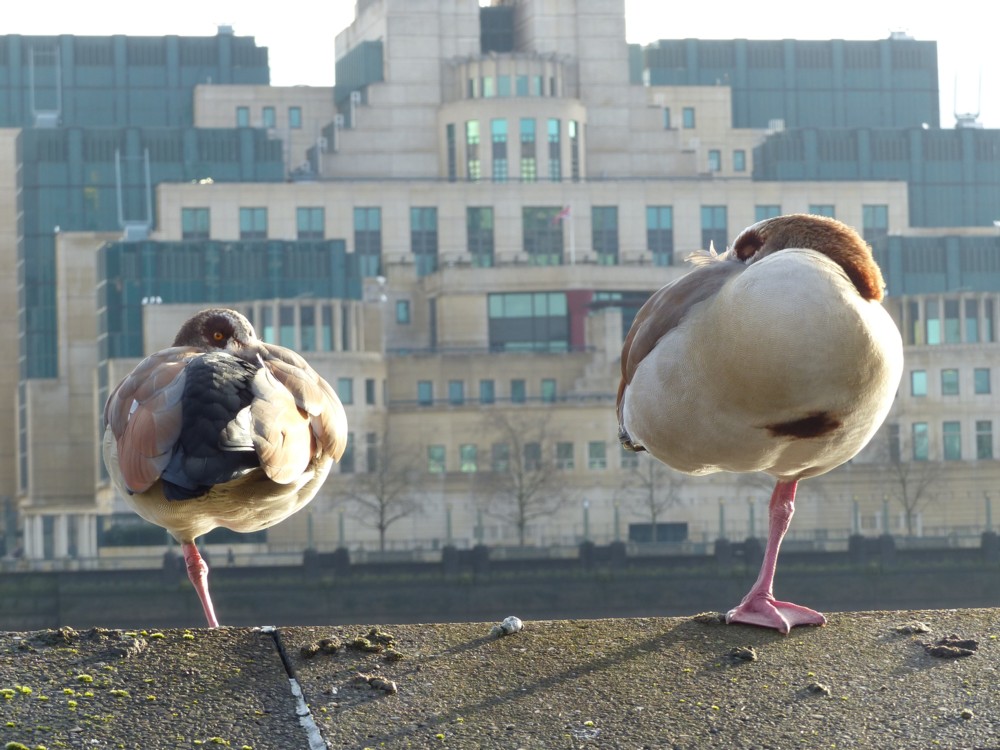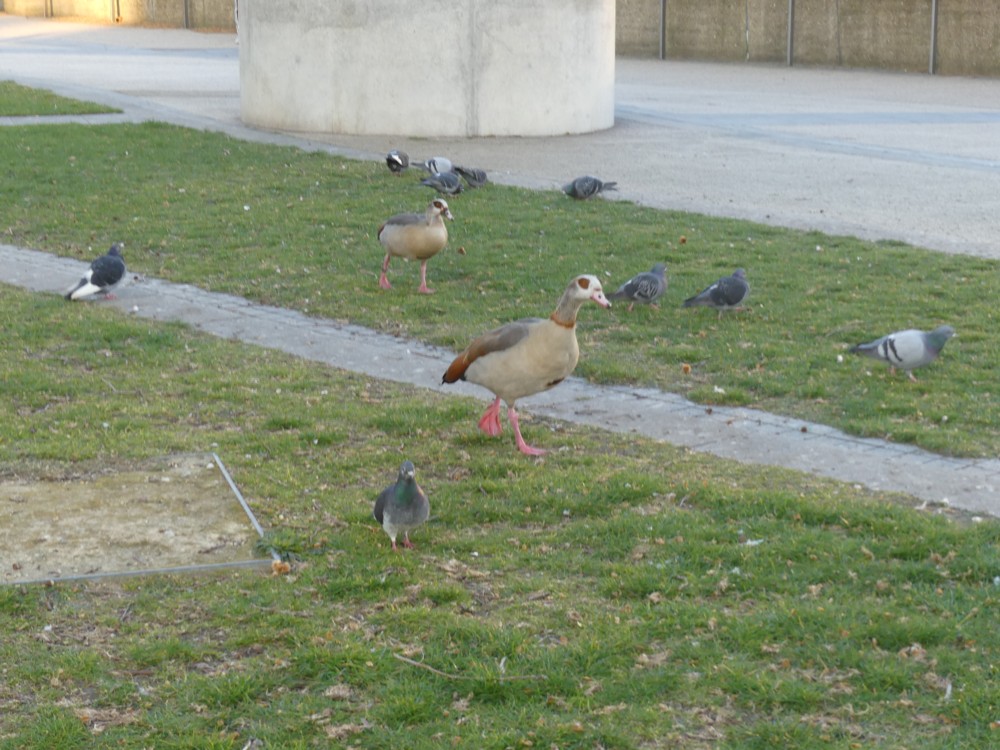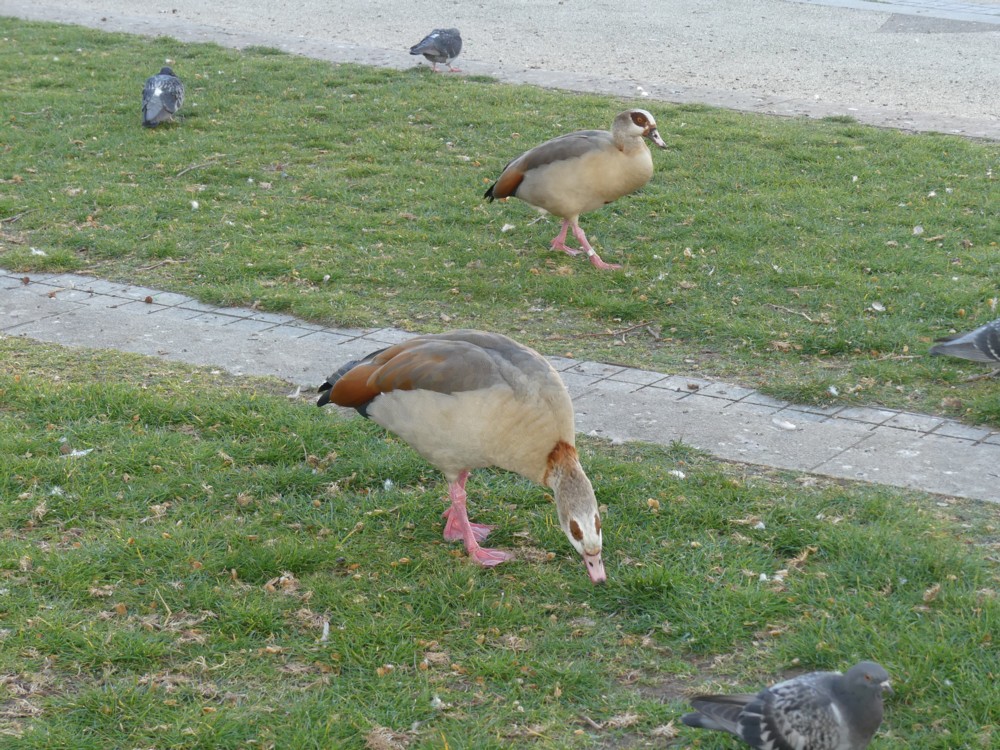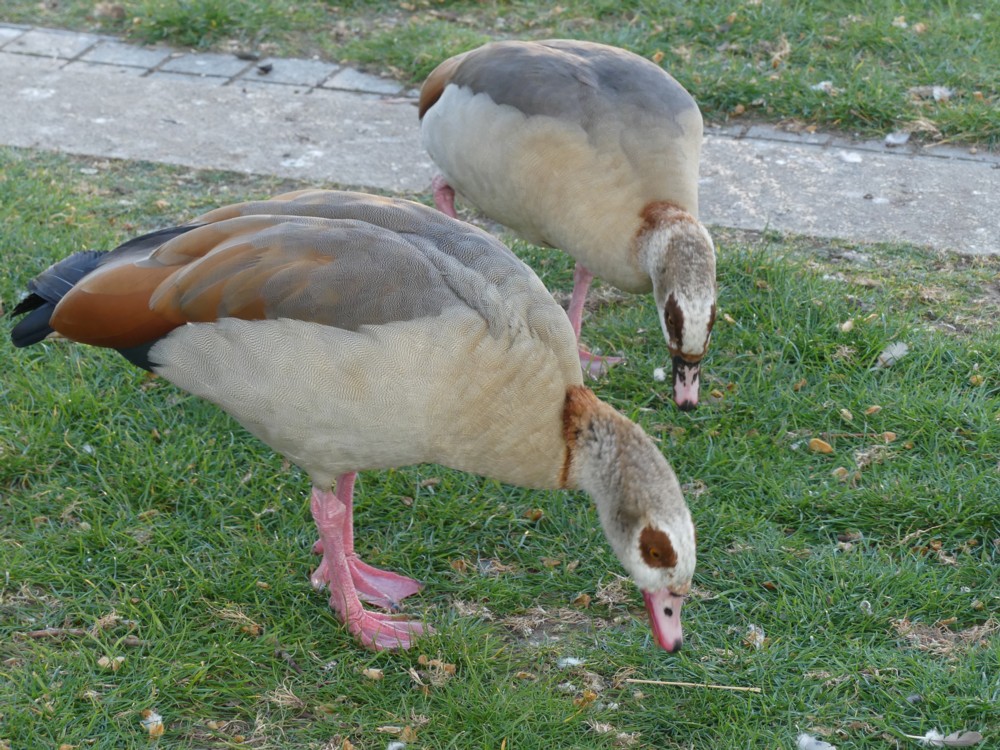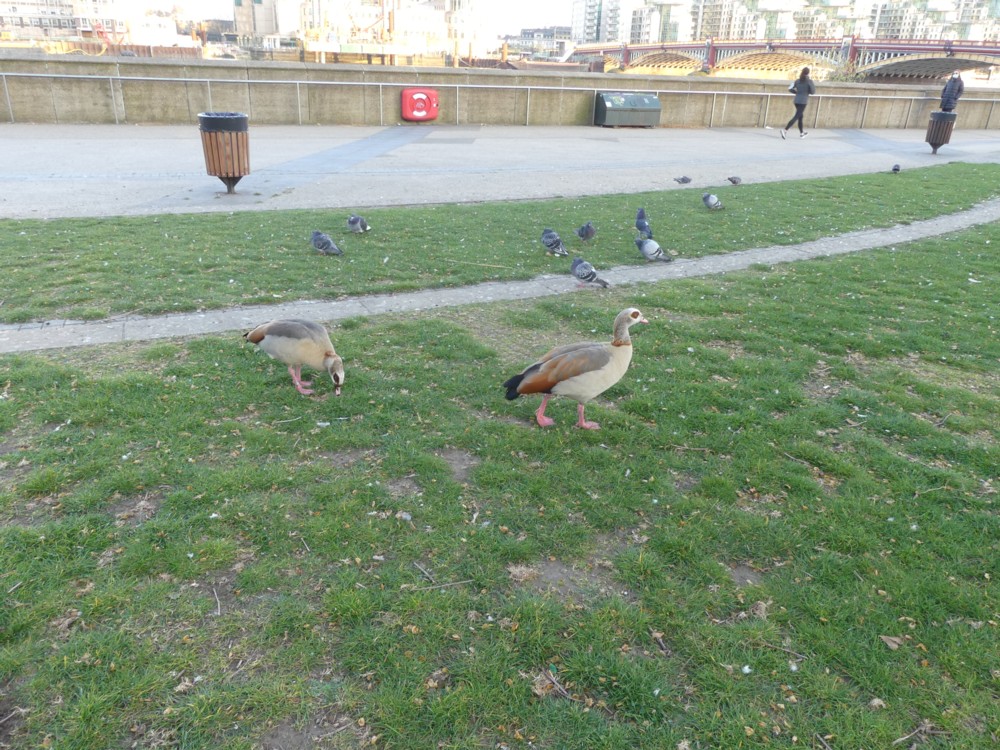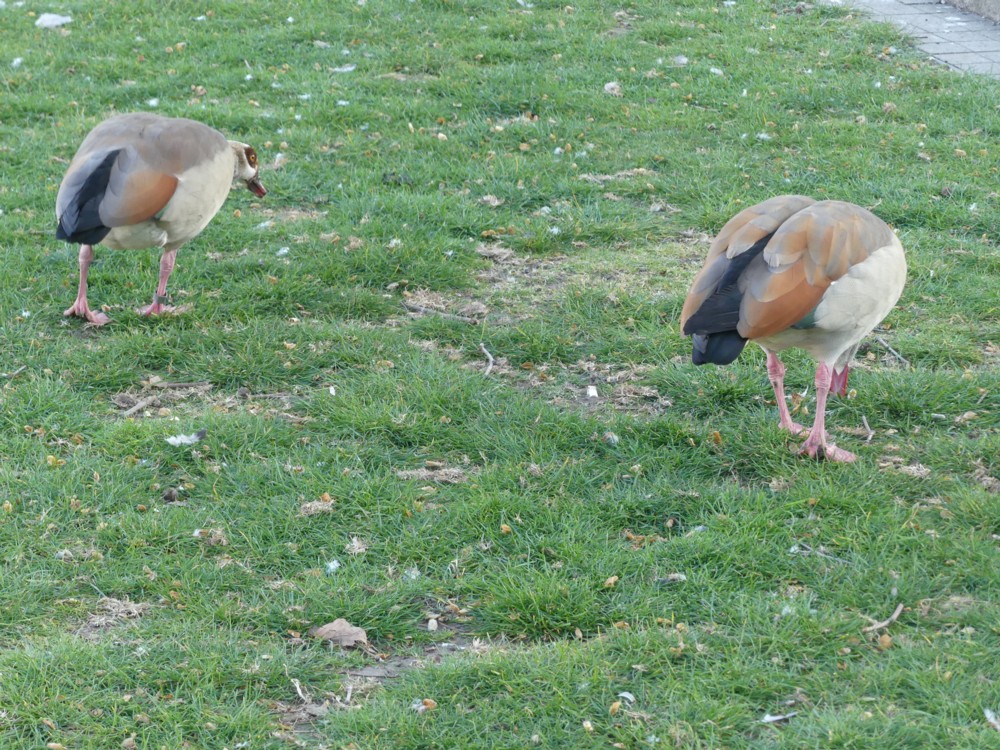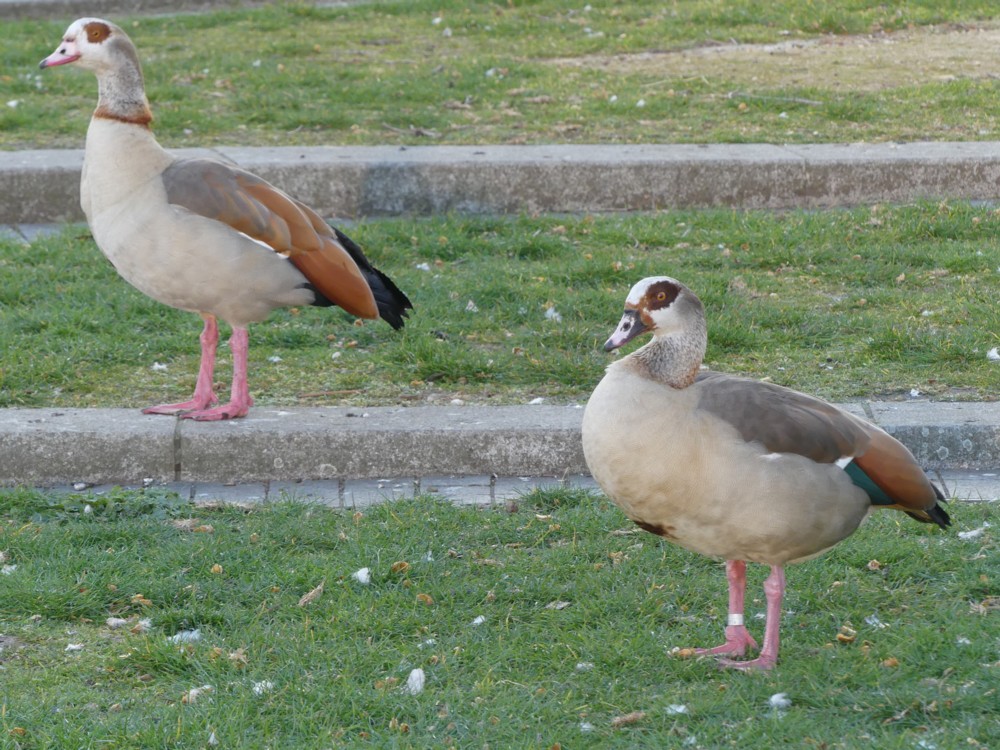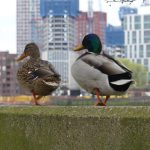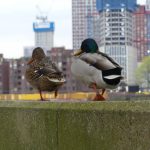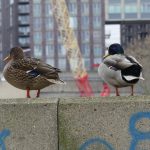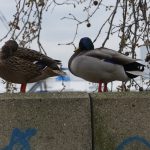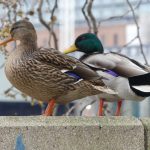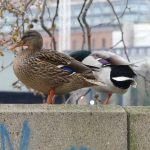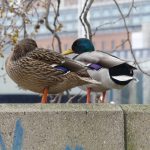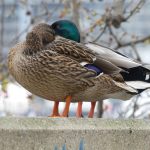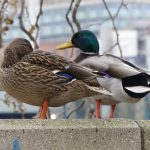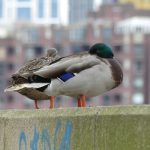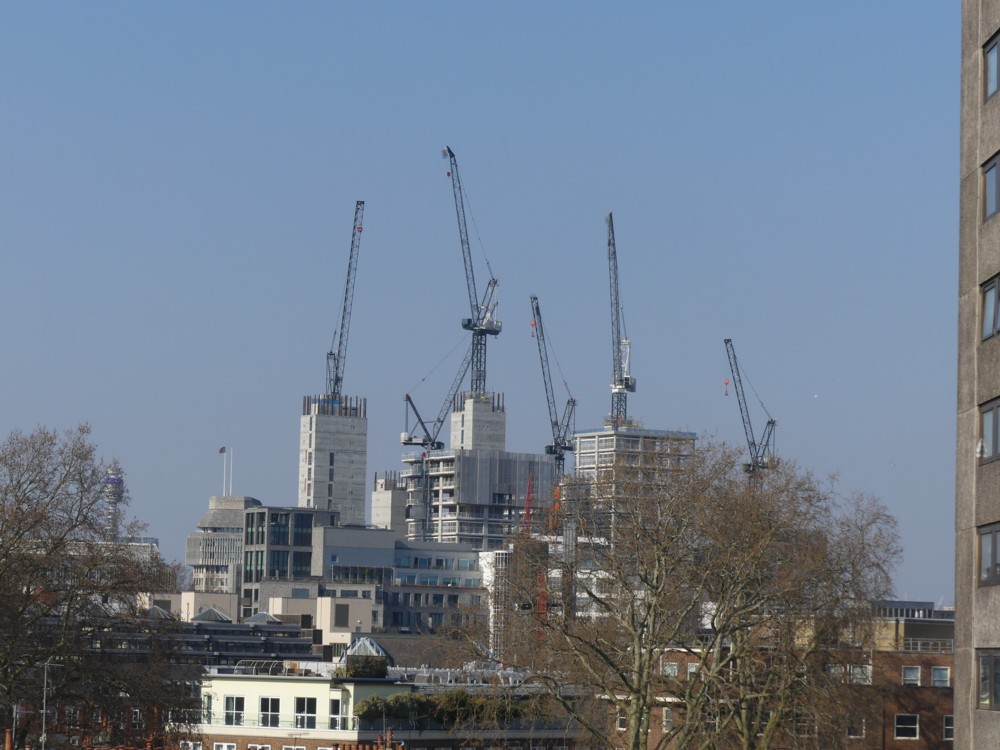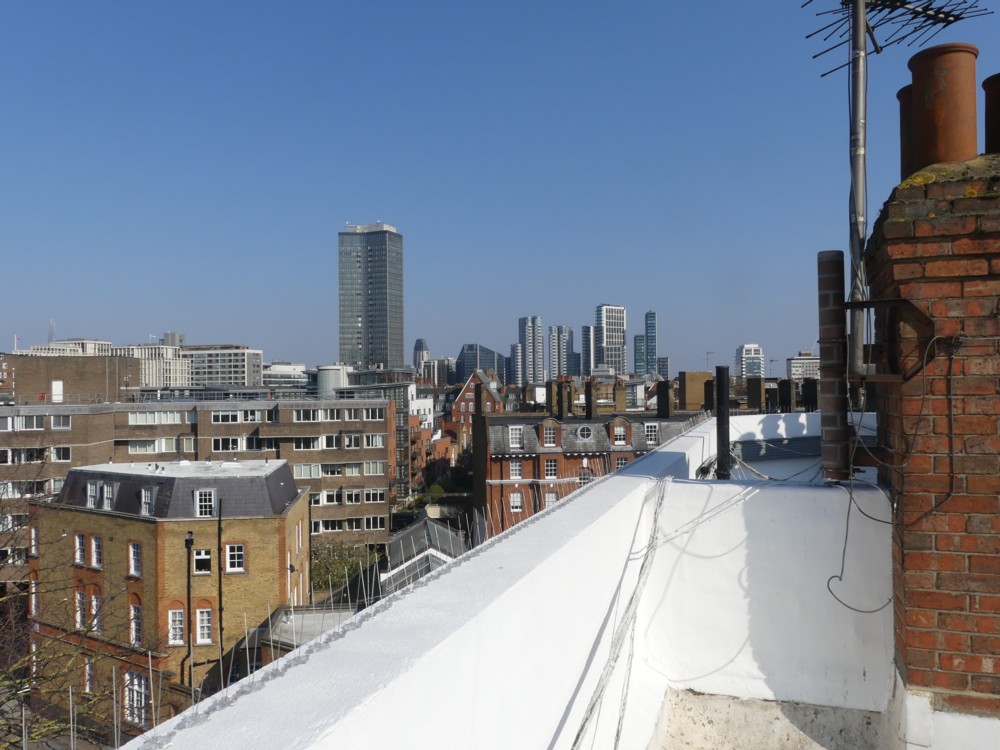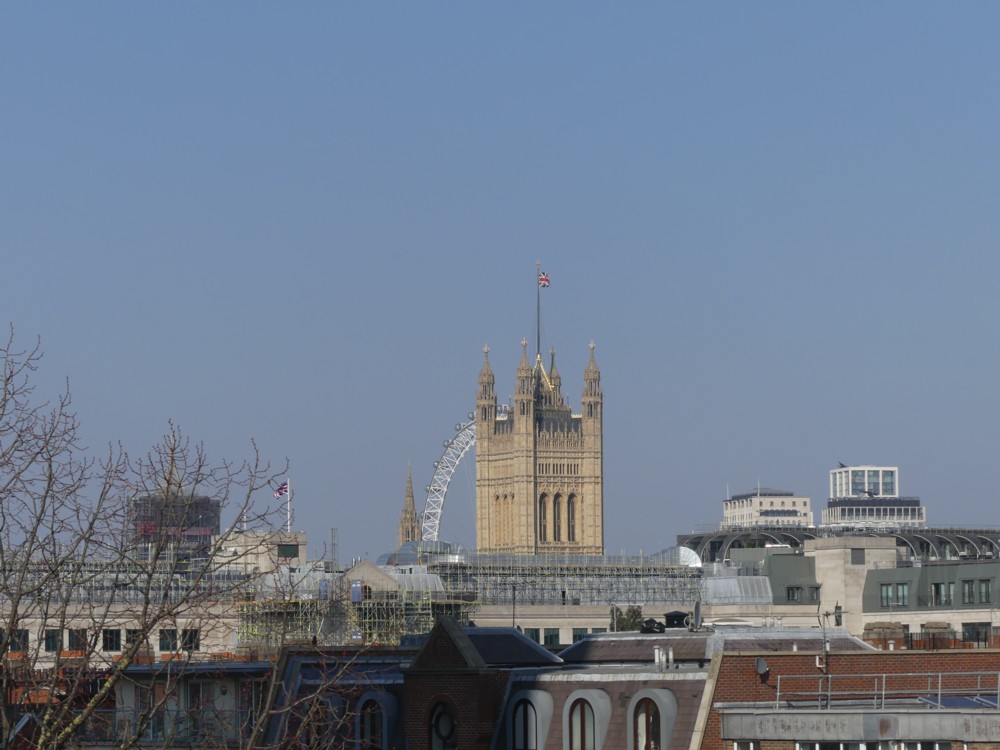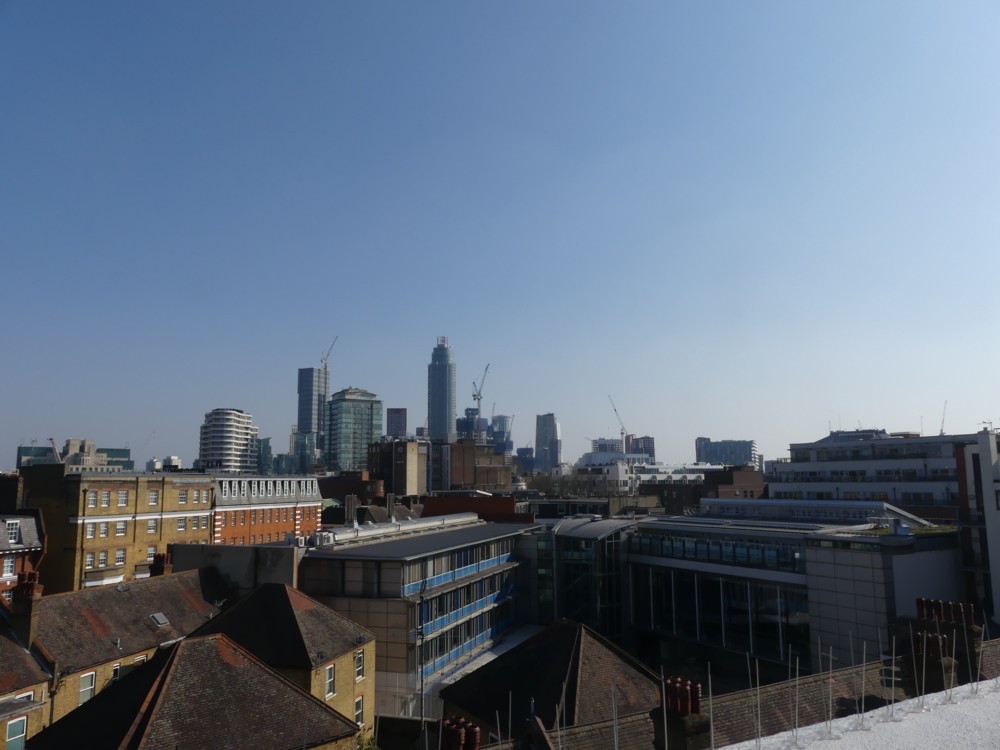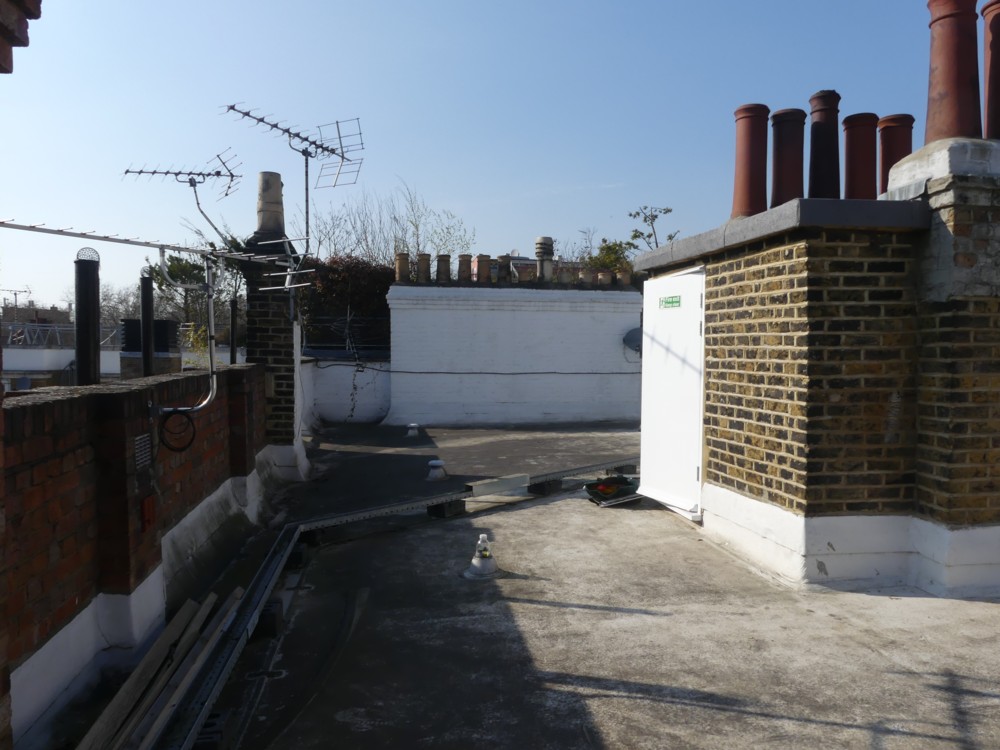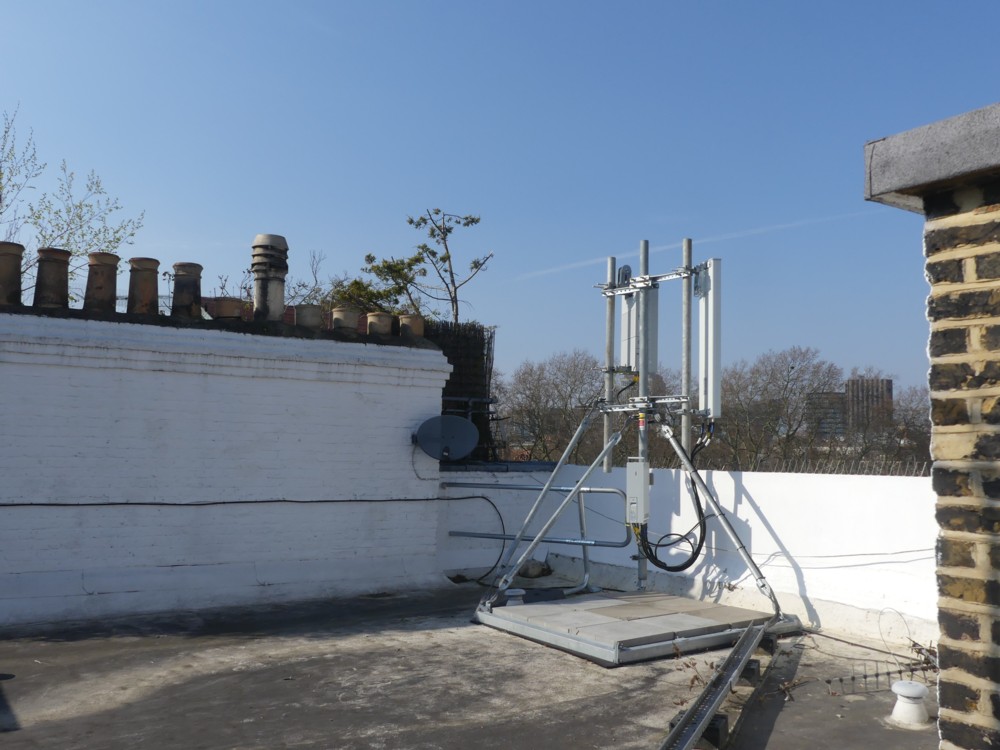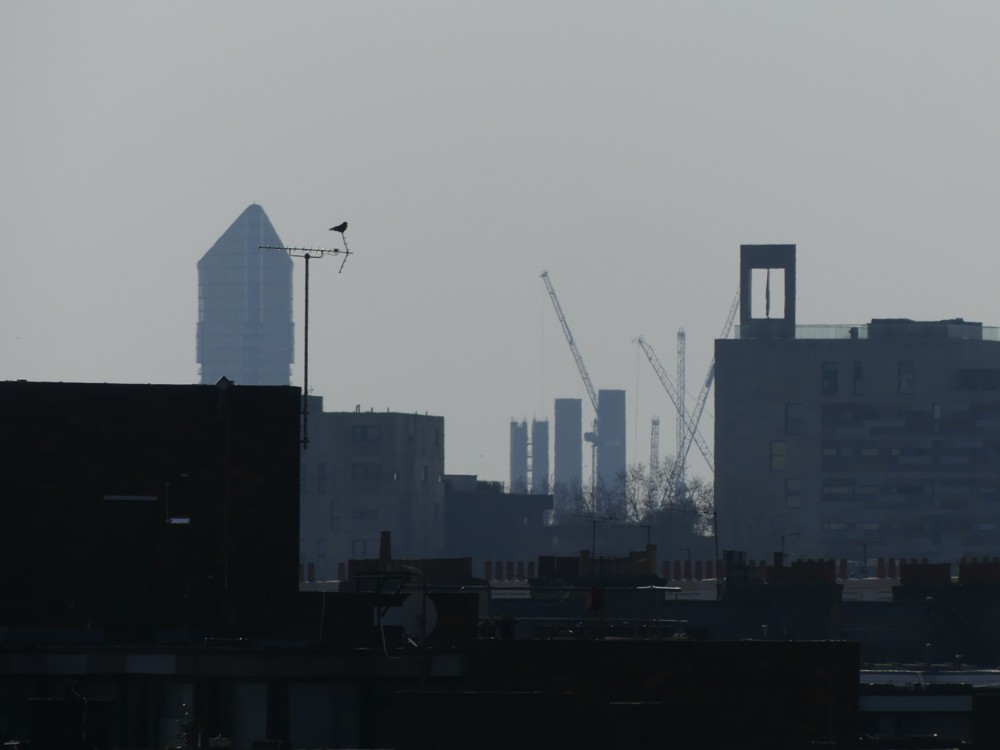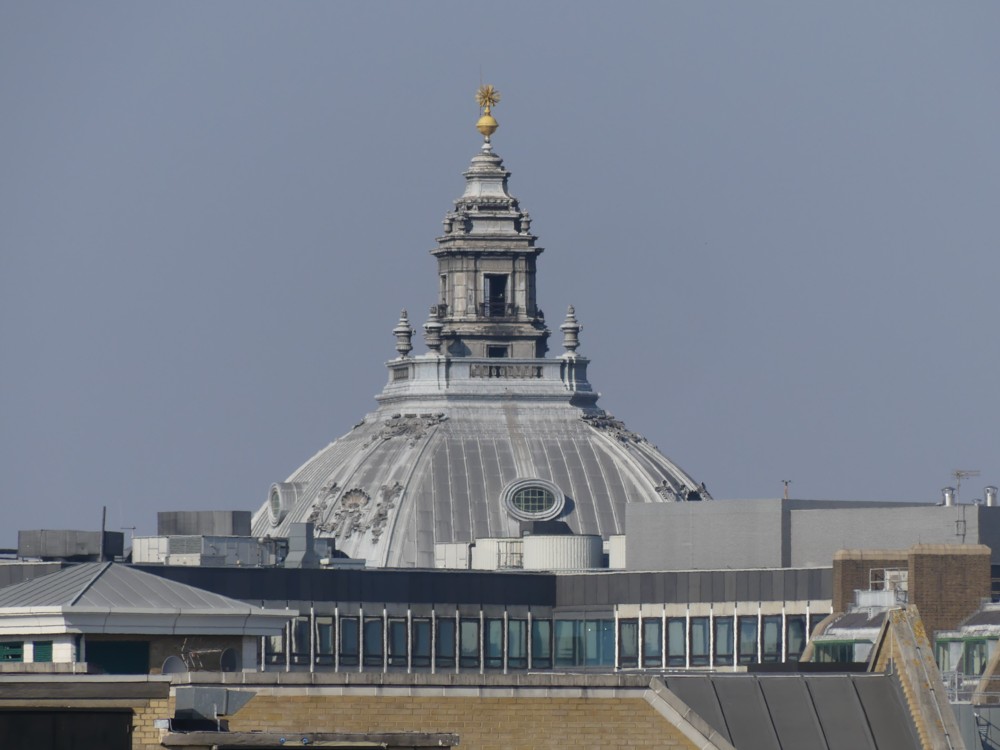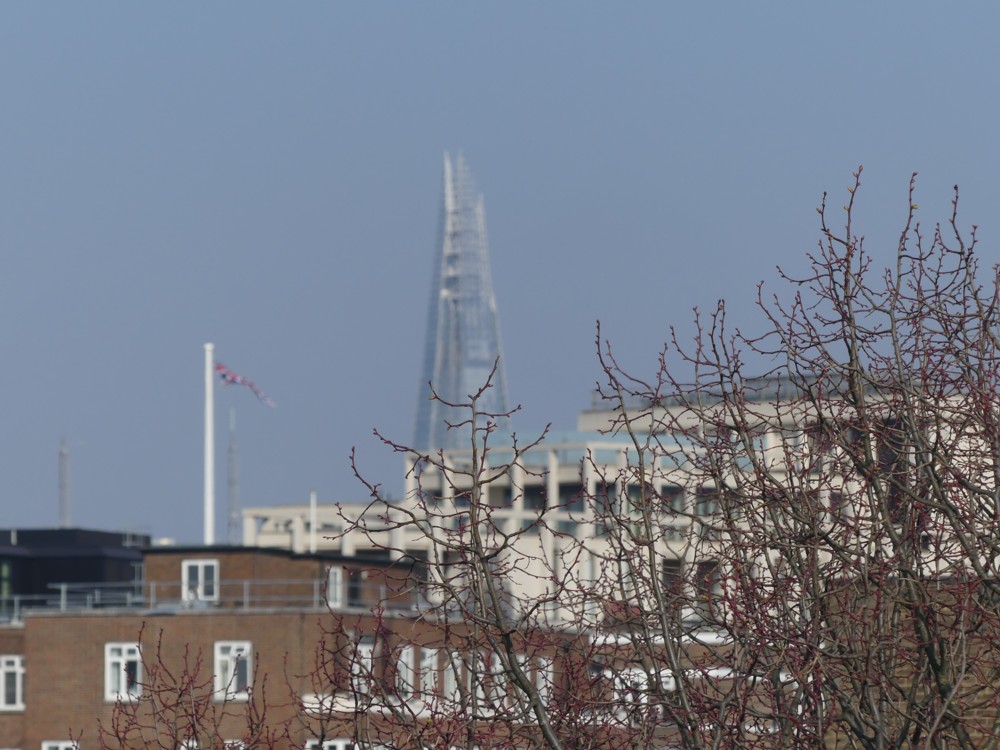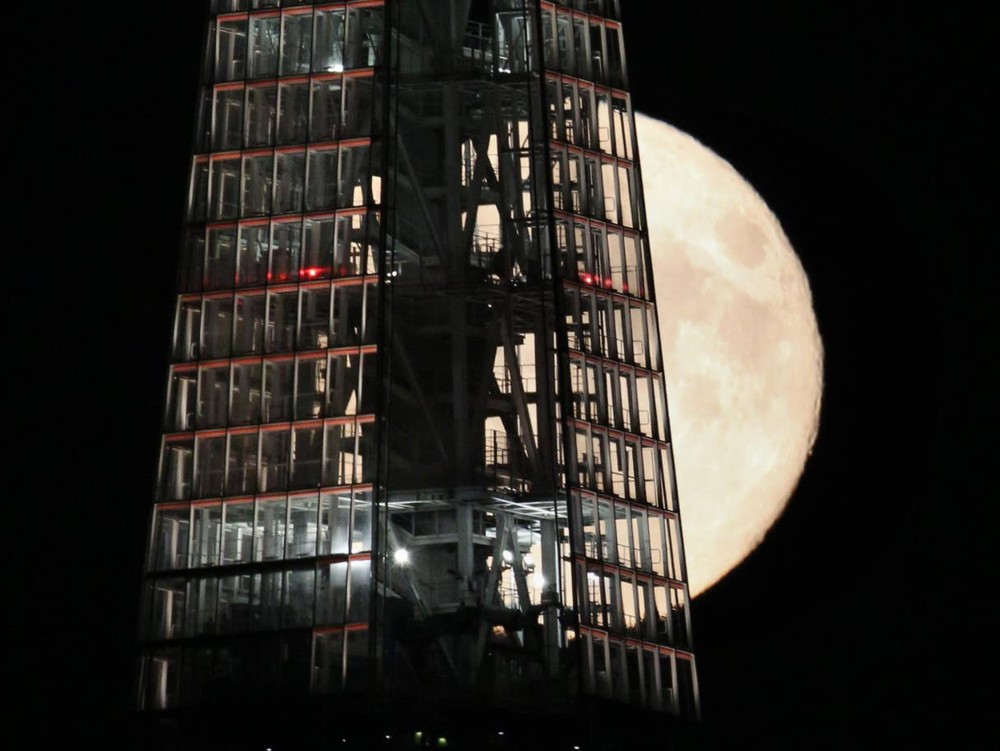I wrote here earlier about my fear of embarking upon any longish photo-expeditions, given the highly regulated nature of the public realm at present, and given how enthusiastic mere people seem to have become about enforcing these new rules, by shouting at those who they believe to be disobeying them. Such fears are a getting old thing.
But on Tuesday and Wednesday afternoons of this week I set aside these fears and went on a couple of walks, keeping well away from other people of course. On Tuesday, the last day of March, I walked from my home to and across Vauxhall Bridge and then walked a little along the far side towards Battersea, at which point it got too dark and I turned back for home. And on Wednesday, the first day of April, I turned right along the north bank of the River until I got to and crossed Chelsea Bridge, explored all the frozen-in-the-moment building activity around the Battersea Power Station, and then walked back home along the south side of the River and back across Vauxhall Bridge.
The weather on Tuesday was fine, but on Wednesday afternoon the short-term weather forecast was something it very seldom is. It was wrong. I was promised a couple of hours of partial sunshine, but this never happened. But at least there was, as also promised, no actual rain, and once embarked upon my journey I pressed on, for the exercise you understand.
I soon arrived in a place variously known either as St George’s Square or Pimlico Gardens. Although, follow the second of those two links and you understand this muddle. Pimlico Gardens is the small bit at the southern end of the much bigger St George’s Square, which is elongated and not square at all.
Anyway, what with all this exercising, it seemed pointless not to do any photoing, given that nobody seemed to be objecting. In St George’s Square/Pimlico Gardens I photoed a couple – truly a couple – of ducks:
Ducks close-up seemed to work in the gloomy weather. There’s lots of detail for the automatic function to grab hold of, which is mostly how I do my focusing.
No social distance between them.

